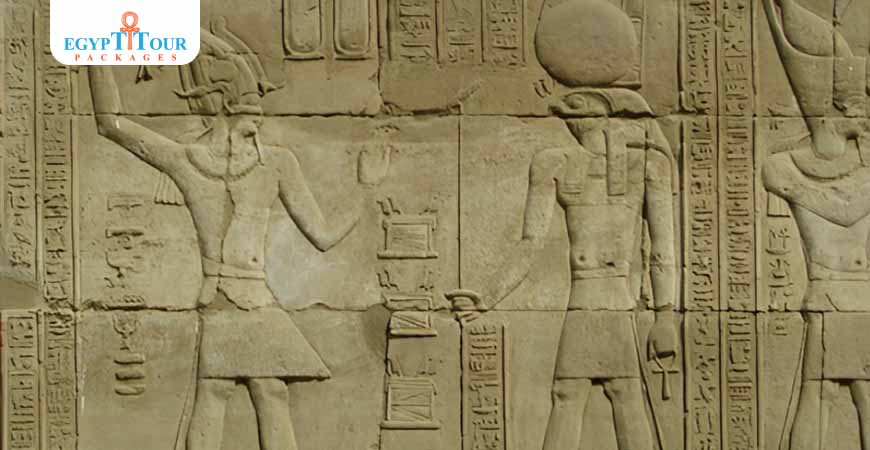

Best Things To Do in Luxor
Enjoy Luxor Day Tours with a Private tour Guide, we offer all Excursions from Luxor Including East bank and Westbank, Nile Cruise Tours from Luxor
Things To Do in Luxor
Things To Do in Luxor
Luxor, the old city of Thebes, was the capital of Upper Egypt during the New Kingdom and is known as the city of Amun. If you want to explore Luxor's main attractions and discover things to do, let us guide you through the wonders of the
Used as a burial chamber for nearly 500 years, the Valley of the Kings was used for royal burials for the Kings,their families, and their possessions. Valley of the Kings
, the impressive Hatshepsut Temple, the beautiful Madinat
This was one of the first places in Thebes closely associated with the local god Amun. Habu Temple
, and the lovely
Valley of the Queens, gorge in the hills along the western bank of the Nile River in Upper Egypt. Valley of the Queens
. Our tours also cover the Valley of Nobles and Workers,
This was one of the first places in Thebes closely associated with the local god Amun. Habu Temple
, Ramsseum Temple, and the
Colossi of Memnon are two massive monumental stone statues of Pharaoh Amenhotep III (1386-1353 BCE) from the 18th Dynasty of ancient Egypt. Colossi of Memnon
. We offer Nile Cruise Tours from Luxor to Aswan and trips to Dendera and Abydos. Experience a stunning view of Luxor's ancient sites from a hot air balloon. We provide the best activities in Luxor to fit your schedule and budget. Check out our top-rated attractions and let us reveal a new side of Egypt just for you.
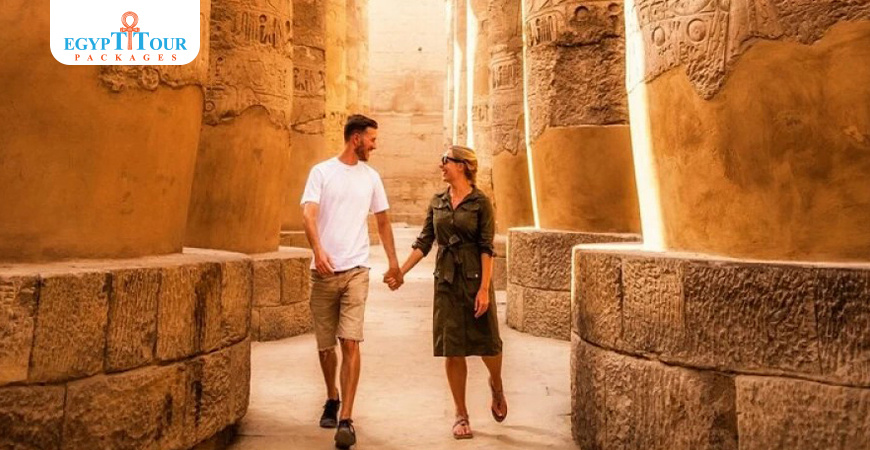
Day Trip to Luxor and Karnak Temples from Luxor
Day Trip to Luxor and Karnak Temples from Luxor
Take a day trip to Luxor and Karnak Temples with a private guide and car. Discover the ancient city of Thebes and the rich history of Luxor. After breakfast at your hotel, you will meet your guide to visit Karnak Temple, a stunning complex filled with sanctuaries, kiosks, pylons, and obelisks, all honoring the Theban gods and the glory of Egypt's pharaohs. Karnak was the main site for worshiping the Theban Triad: Amun, Mut, and Khonso. Next, head to
Luxor Temple located on the east bank of Nile River in the city called luxor , it was known in the egyption language as Luxor Temple
and walk along the Avenue of the
the Great Sphinx is one of the world's largest monuments. It is also one of the most recognizable relics of the ancient Egyptians. Sphinx
.
Luxor Temple located on the east bank of Nile River in the city called luxor , it was known in the egyption language as Luxor Temple
was mainly built by Pharaoh Amenhotep III and finished by King
Tutankhamun, ruled as a boy only for a short time. He is most famous because his tomb was discovered almost intact and full of treasures in 1922 Tutankhamun
and Ramses II. The first pylon was erected by Ramses II and features decorations from his Battle of Kadesh. After your visit, you will be taken back to your hotel.BOOK NOW YOUR TRIP.

Day trip to Valley of the kings and Queen Hatshepsut temple
Day trip to Valley of the kings and Queen
Hatshepsut temple is an ancient example of pure visual architecture and there is simply nothing that can match the beauty and elegance. Hatshepsut temple
Join us for a half-day tour of Luxor's west bank, featuring the
Used as a burial chamber for nearly 500 years, the Valley of the Kings was used for royal burials for the Kings,their families, and their possessions. Valley of the Kings
, the Temple of Queen Hatshepsut, and the
Colossi of Memnon are two massive monumental stone statues of Pharaoh Amenhotep III (1386-1353 BCE) from the 18th Dynasty of ancient Egypt. Colossi of Memnon
, all with a private tour guide. Discover the ancient city of Thebes and the rich history of Luxor. Your Egyptologist guide will pick you up at 8:00 AM, and then you'll drive for 45 minutes to reach the west bank. At the
Used as a burial chamber for nearly 500 years, the Valley of the Kings was used for royal burials for the Kings,their families, and their possessions. Valley of the Kings
, explore the burial site of Egypt's rulers from the 18th to the 20th dynasty, including the tombs of Pharaoh Ramses II and the young
Tutankhamun, ruled as a boy only for a short time. He is most famous because his tomb was discovered almost intact and full of treasures in 1922 Tutankhamun
. Many tomb decorations are still well preserved, and you will visit three of them. Next, see the
Colossi of Memnon are two massive monumental stone statues of Pharaoh Amenhotep III (1386-1353 BCE) from the 18th Dynasty of ancient Egypt. Colossi of Memnon
, two giant statues of King Amenhotep III, which are the last remnants of a grand mortuary temple. Enjoy lunch at a local restaurant in Luxor before heading to the Temple of Queen Hatshepsut, which rises dramatically from the desert in a series of terraces against the limestone cliffs. Optional visits include the tomb of
Tutankhamun, ruled as a boy only for a short time. He is most famous because his tomb was discovered almost intact and full of treasures in 1922 Tutankhamun
, discovered nearly intact in 1922 by Howard Carter, where you can see the royal mummy, and the Tomb of Ramses VI, known for its stunning decorations.BOOK NOW ONLINE.
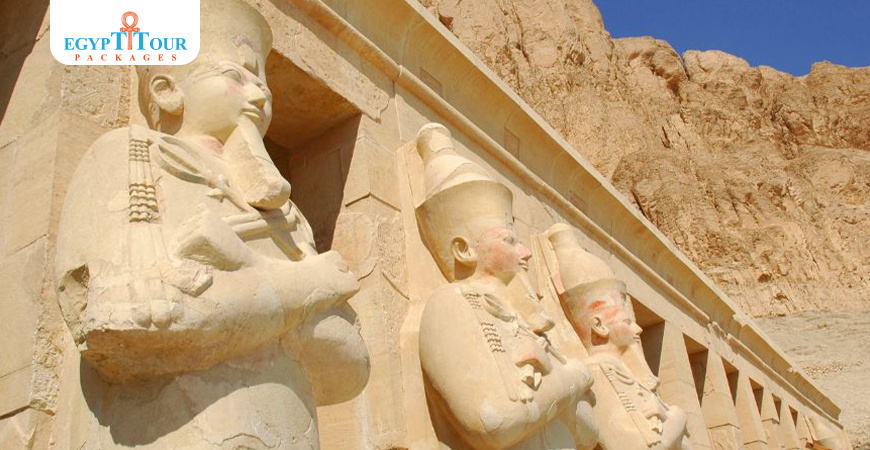
Private day tour to Dendera and Abydos temples from Luxor
Private day tour to Dendera and
Temple of Abydos , an ancient Egyptian archaeological temple, the most famous temple of Sohag,and it is located in the village of Al-Araba Al-Madfauna Abydos temple
s from Luxor
Take a private day tour from Luxor to the Dendera and
Temple of Abydos , an ancient Egyptian archaeological temple, the most famous temple of Sohag,and it is located in the village of Al-Araba Al-Madfauna Abydos temple
s. Start by visiting the temple of Hathor, the goddess of love, music, and healing. After that, head to Abydos to see the temple of Osiris. Your tour guide will pick you up from your hotel in Luxor. The drive to Dendera temple is about 37 miles (60 km) north of Luxor. This temple is dedicated to Hathor, known for love, dance, and music in ancient Egypt. It is a Greco-Roman structure built on the site of an older Egyptian temple. You should see this well-preserved temple, where the ceiling features Egyptian zodiac signs and mythical creatures. It’s unique because you can explore both the roof and the underground crypts. Dendera temple dates back to 237 BC, with additions from several pharaohs, including Kings Ptolemy III, IV, and VI. Inside, you can find depictions of Cleopatra VII, Julius Caesar, and their son Caesarion. After visiting Dendera, drive to
Temple of Abydos , an ancient Egyptian archaeological temple, the most famous temple of Sohag,and it is located in the village of Al-Araba Al-Madfauna Abydos temple
, an important archaeological site in Egypt. Abydos was home to many ancient temples and the royal necropolis of Umm el-Qa'ab, where early pharaohs were buried. This area became a significant cult site over time. Enjoy an Egyptian lunch at
Temple of Abydos , an ancient Egyptian archaeological temple, the most famous temple of Sohag,and it is located in the village of Al-Araba Al-Madfauna Abydos temple
before returning to Luxor.BOOK YOUR TRIP.

Day tour to Edfu temple and Kom Ombo temple from Luxor
Day tour to
This Ptolemaic temple, is one of the best-preserved ancient monuments in Egypt. Preserved by desert sand Edfu temple
and Kom Ombo temple from Luxor
Take a day trip to Edfu and Kom Ombo temples from Luxor. This tour is the best way to experience the beauty of the River Nile in Upper Egypt. Start with the grand Edfu Temple, dedicated to the God Horus, then visit Kom Ombo, known for the Crocodile God. You will be picked up from your hotel at 5:00 AM to head to Kom Ombo. This temple, located 40 km north of Aswan, is dedicated to Sobek and Horus and dates back to the Ptolemaic and Roman times. After exploring Kom Ombo, enjoy lunch before traveling to Edfu. The Edfu Temple is a well-preserved site dedicated to the hawk-God Horus, built on the location of an older temple from the reign of Ptolemy III (246 B.C.). The walls tell the story of the battle between Horus and Seth, which was likely performed as an annual religious event. Finally, you will return to Luxor.BOOK NOW ONLINE.
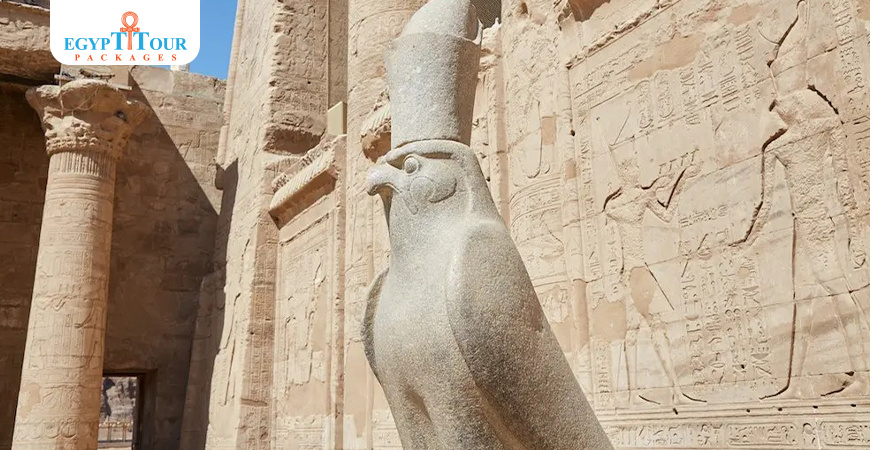
Tour to Luxor museum and Felucca ride
Tour to Luxor museum and Felucca ride
Take a half-day tour to the
Luxor Museum is an archaeological museum in Luxor (ancient Thebes), Egypt. It stands on the corniche, overlooking the west bank of the River Nile. Luxor Museum
and enjoy a felucca ride. At the museum, you will see amazing treasures from the Old Kingdom to the Mamluk period, including stunning statues from the Luxor temple. After your museum visit, relax on a private felucca ride on the Nile as the sun sets behind the West Bank hills. Enjoy the beautiful riverside views. Your tour guide will pick you up from your hotel in Luxor and take you to the museum, which is located on the Nile's corniche. The
Luxor Museum is an archaeological museum in Luxor (ancient Thebes), Egypt. It stands on the corniche, overlooking the west bank of the River Nile. Luxor Museum
, opened in 1975, is a two-story building showcasing a select range of artifacts. It focuses on quality over quantity, with clear multilingual labels for visitors. The museum was designed by Dr. Mahmud El Hakim, an esteemed Egyptian architect. After exploring the museum, you will enjoy a short felucca ride, experiencing the traditional Egyptian boat on the Nile. Finally, you will be taken back to your hotel.BOOK NOW ONLINE.
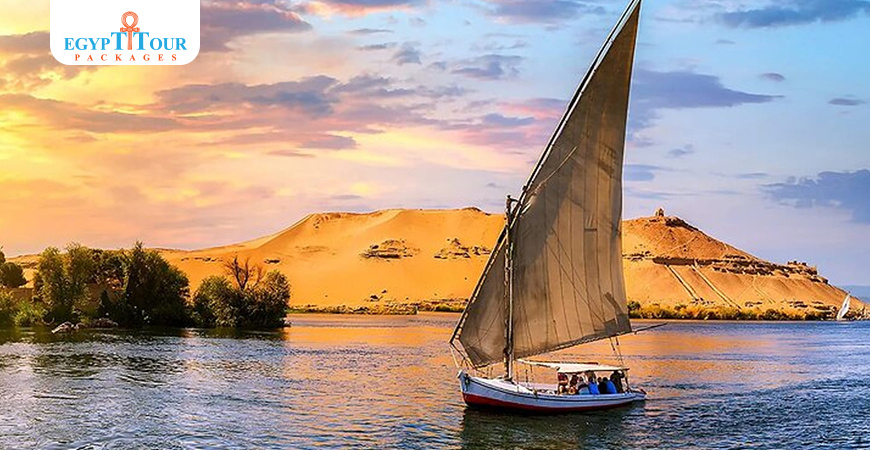
Karnak Sound and Light show from Luxor
Karnak Sound and Light show from Luxor
Experience a night of Egyptian culture by booking the Karnak sound and light show from Luxor. Witness the stunning beauty of the Karnak Temples illuminated at night. In the evening, our representative will pick you up from your hotel for the Sound and Light Show at Karnak. The show begins with a historical overview of Thebes and the construction of the Karnak Temple. You will hear about the remarkable achievements of great Pharaohs while enjoying a poetic narration of the temple's artistic treasures and rich history. Learn about the ancient name of the temple, Thebes, and explore its important monuments. Don’t miss the chance to see the Pharaohs' incredible accomplishments! As you enter Luxor, you will be amazed by this historic city, known for its impressive monuments and temples. Even though many monuments are damaged, this temple stands as a testament to Egypt's creative genius and exceptional architecture. During the Karnak Light and Sound show, you will discover more about these remarkable achievements. After the show, you will be taken back to your hotel.BOOK NOW ONLINE.

5 Days Nile cruise from Luxor
5 Days Nile cruise from Luxor
Enjoy a fantastic 5-day Nile Cruise with an Egypt Tour Package starting in Luxor, the heart of ancient Egyptian civilization. Explore the stunning history seen in the ancient temples and tombs, including the
Used as a burial chamber for nearly 500 years, the Valley of the Kings was used for royal burials for the Kings,their families, and their possessions. Valley of the Kings
, Hatshepsut Temple, and the grand Abu Simbel Temple. Seize this opportunity!BOOK NOW ONLINE.
Day1:
You will be picked up from your hotel in Luxor and taken to the Nile cruise. After boarding and having lunch on the cruise, you will visit the East Bank of the Nile, starting with Karnak Temple. Karnak is the largest temple complex in the world, showcasing the work of many ancient builders and pharaohs over generations. It features three main temples, smaller enclosed temples, and several outer temples spread over 247 acres. There is also an optional one-hour city tour in Luxor by horse carriage. This unique ride allows you to experience daily life, visit the Egyptian market, explore downtown, and discover hidden gems, all while enjoying the vibrant atmosphere. Next, you will visit
Luxor Temple located on the east bank of Nile River in the city called luxor , it was known in the egyption language as Luxor Temple
, located on the east bank of the Nile. Known in ancient Egyptian as
Luxor Temple located on the east bank of Nile River in the city called luxor , it was known in the egyption language as Luxor Temple
, it was the center of the important Opet festival, built mainly by Amenhotep III and Rameses II for the rituals of the festival, which aimed to connect the ruler's human side with his divine role. In the evening, you can choose to attend an optional Sound and Light Show at Karnak. The show begins with a historical overview of Thebes and the construction of Karnak Temple, highlighting the achievements of great Pharaohs while you enjoy a poetic narration of the temple's artistic treasures. Dinner and overnight stay will be on the cruise in Luxor.
Day2:
Optional trip: Hot Air Balloon Ride over the
Used as a burial chamber for nearly 500 years, the Valley of the Kings was used for royal burials for the Kings,their families, and their possessions. Valley of the Kings
. Prepare your cameras for a breathtaking balloon ride above Luxor. Experience the early morning sun shining on the city and its mountains. Enjoy a bird's eye view of Luxor's ancient landmarks from the hot air balloon, followed by breakfast on the Nile cruise. Visit the west bank of the Nile, which includes:
Used as a burial chamber for nearly 500 years, the Valley of the Kings was used for royal burials for the Kings,their families, and their possessions. Valley of the Kings
, the burial site of Egypt's rulers from the 18th to 20th dynasty, featuring tombs like those of Ramses II and
Tutankhamun, ruled as a boy only for a short time. He is most famous because his tomb was discovered almost intact and full of treasures in 1922 Tutankhamun
. These tombs were filled with items for the afterlife, and much of their decoration remains well preserved. Hatshepsut Temple, known for its beauty and preservation, is built on three levels connected by two wide ramps.
Colossi of Memnon are two massive monumental stone statues of Pharaoh Amenhotep III (1386-1353 BCE) from the 18th Dynasty of ancient Egypt. Colossi of Memnon
, two giant statues of King Amenhotep III, are the last remnants of a grand mortuary temple, made from quartzite sandstone transported 700 km to Luxor. Optional trip to the
Valley of the Queens, gorge in the hills along the western bank of the Nile River in Upper Egypt. Valley of the Queens
, which contains over 75 royal tombs, including the elaborate tombs of queens, princesses, and princes.
Day3:
Start your day with breakfast on the cruise. At 07:00, visit the Edfu Temple. This well-preserved temple in Upper Egypt is dedicated to the hawk-god Horus. It was built during the Ptolemaic period, on the site of an older temple from the time of Ptolemy III (246 B.C.). The walls tell the story of the battle between Horus and Seth, which was likely acted out as a religious play each year. After that, sail to Kom Ombo and enjoy lunch on the cruise while you travel. At 15:30, arrive at Kom Ombo to explore the temple dedicated to Sobek and Horus, located 40 km north of Aswan. This temple mainly dates back to the Ptolemaic and Roman periods. Continue sailing to Aswan, where dinner will be served on board. Finally, arrive in Aswan at 21:00 and spend the night on the cruise.
Day4:
Start your day with breakfast on the cruise. At 08:00, you will visit Aswan, including the Philae Temple and take a Felucca ride around
The island of Elephantine is one of major Aswan attractions floating on the Nile. The island in 12000 meters situated in the center of the Nile. Elephantine Island
, the High Dam, and the
The Unfinished Obelisk was discovered in the early twentieth century after it had been covered by sand for thousands of years. Unfinished Obelisk
. The
The Unfinished Obelisk was discovered in the early twentieth century after it had been covered by sand for thousands of years. Unfinished Obelisk
was found in the early 1900s after being buried under sand for many years. The Philae Temple was built to honor the goddess Isis and is the last temple constructed in the classical Egyptian style, starting around 690 BC. The Aswan High Dam, a rock-fill dam on the border of Egypt and Sudan, was built between 1960 and 1968 and created Lake Nasser. The
The Unfinished Obelisk was discovered in the early twentieth century after it had been covered by sand for thousands of years. Unfinished Obelisk
, also discovered in the early 1900s, shows how ancient Egyptians worked with granite, which was sourced from Aswan for their statues and monuments. The obelisk, nearly 42 meters long and weighing 1168 tonnes, was almost finished except for the inscriptions. At 12:00, enjoy lunch on the cruise. Afterward, take a sailing trip on a Felucca around
The island of Elephantine is one of major Aswan attractions floating on the Nile. The island in 12000 meters situated in the center of the Nile. Elephantine Island
and visit Lord Kitchener Island. You can also choose to visit a Nubian village, which is a colorful and artistic place worth spending 2 hours exploring. Finally, enjoy dinner and spend the night on the cruise.
Day5:
First, you will enjoy breakfast on the cruise. There is an optional trip to the
The Great Temple of Abu Simbel, in Nubia near Egypt’s southern border,is among the most amazing monuments of Egypt. Abu Simbel temple
s. These temples, built for Ramses the Second and Queen Nefertari, were carved from the mountains on the Nile's west bank between 1274 and 1244 B.C. The Great Temple honors Ramses the Second, Ra-Harakhty, Amun Ra, and Ptah, featuring four large statues. The second temple is dedicated to Queen Nefertari and the goddess Hathor. Both temples were carefully taken apart and rebuilt on higher ground, showcasing UNESCO's impressive preservation efforts. If you prefer to visit Abu Simbel on Day 4 instead of Day 5, we can adjust the schedule. After that, you will be transferred to your hotel in Luxor.

Day Trip to Cairo from Luxor by flight
Day Trip to Cairo from Luxor by flight
Take a day trip from Luxor to Cairo by plane. Explore the Giza Pyramids, the Egyptian Museum, and shop at the famous
Khan el-Khalili, located in Cairo, Egypt, is a well-known bazaar . It was originally established during the Mamluk era as a trading hub. Khan El Khalili
bazaar, all in one day with a private guide. If you're coming from
Hurghada is a popular beach destination in Egypt, located along the Red Sea coast. It is well-known for its scuba diving opportunities. Hurghada
, you can also fly to Cairo. A representative from
Egypt Tours Packages is a travel company that specializes in offering a variety of tour packages for those looking to explore Egypt. Egypt Tour Packages
will pick you up from your hotel in Luxor and drive you to Luxor Airport, which takes about 15 minutes. Your flight departs Luxor at 5:00 AM and arrives in Cairo at 6:00 AM, where our representative will greet you. Then, head to the Pyramids of Giza and visit the Great
the Great Sphinx is one of the world's largest monuments. It is also one of the most recognizable relics of the ancient Egyptians. Sphinx
and the Valley Temple. At the Papyrus Institute, you can see how ancient Egyptians made the first paper from the papyrus plant and buy authentic papyrus gifts if you wish. Lunch will be served at a local restaurant in Giza. After lunch, visit the Egyptian Museum, which has a rare collection dating back 5,000 years. If you're interested in seeing the royal mummies, ask your guide about visiting the National Museum of Egyptian Civilization, but note that there is an extra fee. In the evening, you will be taken to Cairo Airport for your flight back to Luxor, arriving at 8:00 PM, and then you will be transferred to your hotel. All times are approximate. If you want to spend more time in Cairo, you can request a later flight during the booking process. You can also enjoy the Sound and Light Show at the Giza Pyramids, which tells the stories of ancient kings like Khufu, Khafre, and Menkaure. This show is available on Wednesdays, Thursdays, Fridays, and Saturdays. Additionally, discover Cairo at night with a felucca boat ride and enjoy an Egyptian dinner at Kushari Abu Tarek or another great restaurant in Cairo.BOOK NOW ONLINE.
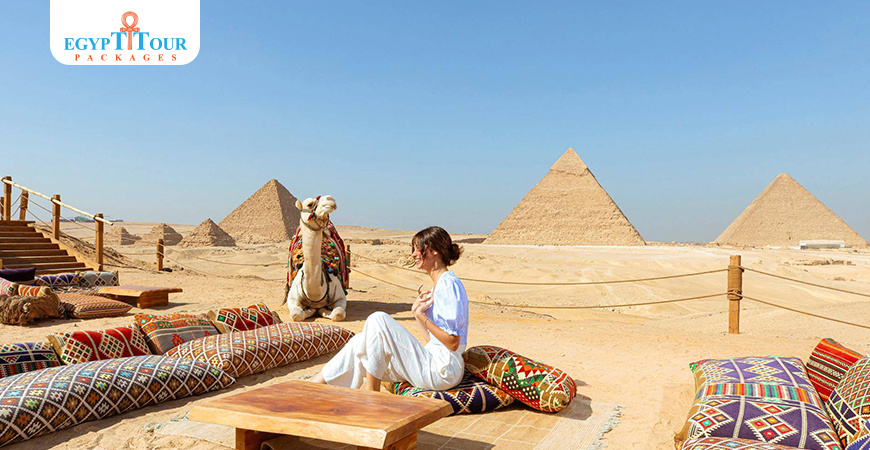
Guided Tour to Valley of the Kings from Luxor
After breakfast,meet our Guide and our driver at the reception of your hotel, Enjoy a Private Guided Tour to Used as a burial chamber for nearly 500 years, the Valley of the Kings was used for royal burials for the Kings,their families, and their possessions. Valley of the Kings
Used as a burial chamber for nearly 500 years, the Valley of the Kings was used for royal burials for the Kings,their families, and their possessions. Valley of the Kings
:
Once called the great Place of the Truth, this valley called now the valley of the Kings, It is a Majestic domain of the Pharaohs who once lay in great stone Sarcophagi, awaiting immortality. The isolated valley behind Deir el Bahri is dominated by the Pyramid-Shaped Mountain Peak.
In The valley of the Kings you will visit:
The Tomb of Rameses IV:
This Tomb is the second tomb on the right as you enter the valley of the kings,It`s whereabouts were known even by the Ptolemies,as is evident from Graffiti dating back to 278 Bc that can be seen on the walls,Only recently opened to the Public. It`s not one of the finest Tombs. many Painting in the burial chamber have deteriorated,Although the painting of the goddess nut stretched across the blue ceiling,is still in Good condtion. The mummy of Rameses IV Found in the tomb of Amenhotep II.
The Tomb of
Merenptah, was the fourth ruler of the 19th dynasty in ancient Egypt. Tomb KV 8. Merneptah
:
Because Ramesses II Lived so long.12 of his sons died before he did.It was his 13th son
Merenptah, was the fourth ruler of the 19th dynasty in ancient Egypt. Tomb KV 8. Merneptah
(1213-1203 B.C) who Finally became the Pharaoh in his 60s. His tomb has been open since antiquity and has it`s share of Classical Graffiti ,The reliefs of Isis and her sister Nephtis,the Guardian of Coffins, and adorn the entrance of this tomb, Although there is a certain amount of flood damage on the lower Portion of the walls of the tunnel-like.Long the scenes feature the litany of Ra.The book of Amduat and the book of the gate.The Pharoah was originally buried inside four stone Sarcophagi,Three of granite( The lid of the second still in Situ ) and the fourth innermost Sarcophagus of the Alabaster. His mummy was removed in antiquities and was found in Amenhotep II`s( No-35 - It is now displayed in the Egyptian museum.
The Tomb of Rameses III:
King Ramses III was the second ruler of the Twentieth Dynasty and the last of the great pharaohs. He was the son of Setnakht and ruled Egypt for 31 years. Before he died, there was a plot to kill him, involving several members of his household, including one of his minor wives, Queen Tiy. This was an effort to help her son take the throne. The details of this conspiracy are depicted on the walls of his mortuary temple at Madint Habu. Setnakht started the tomb but left it to be buried in KV14. His son, Ramses III, continued the work on KV11. James Bruce was the first European to enter this tomb in 1768 and was impressed by the painted figures of two blind harpists, naming it the Tomb of the Harpists. Today, the Tomb of Ramses III is one of the most popular sites in the
Used as a burial chamber for nearly 500 years, the Valley of the Kings was used for royal burials for the Kings,their families, and their possessions. Valley of the Kings
, known for its stunning reliefs and paintings. Tomb KV11, located in the main valley, was initially begun by Setnakhte but was left unfinished after it accidentally connected to the earlier tomb of Amenmesse (KV10). Setnakhte was buried in KV14.
The Tomb of Rameses IX:
Ramses IX was the eighth king of the Twentieth Dynasty during Ancient Egypt's New Kingdom. He brought stability back to the nation after the turmoil that followed Ramses VI's death. Papyrus Turin states that Ramses IX ruled for 18 years and 4 months, passing away in the 19th year of his reign. His tomb, known as KV 6, was the first to be opened since ancient times, and many inscriptions from past visitors can be found inside. This tomb was the last royal one excavated in the
Used as a burial chamber for nearly 500 years, the Valley of the Kings was used for royal burials for the Kings,their families, and their possessions. Valley of the Kings
in Luxor. Its design is simple and was influenced by the earlier Tomb of Ramses III (KV 11). It also shares many decorative and archaeological features with the Tomb of Ramses VI (KV 9). Although the tomb's layout is compact, it is of average size for royal tombs, with the widest gates and corridors in the Valley. The Tomb of Ramses IX (1126-1108 BC) includes a long, sloping corridor, a large antechamber adorned with animals, serpents, and demons, followed by a pillared hall and a short hallway leading to the burial chamber. The ceiling features the sky goddess Nut, surrounded by sacred boats filled with stars. Just before the staircase to the burial chamber, there are cartouche symbols of Ramses IX.
The Tomb of Rameses VII (KV 1)
The small
The tomb of Ramesses VI (KV9) is one of the great achievements of Egyptian art. Tomb of Ramesses VI
I (KV 1) is situated in the
Used as a burial chamber for nearly 500 years, the Valley of the Kings was used for royal burials for the Kings,their families, and their possessions. Valley of the Kings
on the Western Bank of Luxor, not far from the road. A Greek inscription indicates that this tomb was known and open to visitors during the Greek era. It was first noted by 19th-century explorers like Wilkinson, Lane, and Hay. Work on the tomb started in 1905 and 1906. Its layout is typical of late Ramesside tombs. The artwork on the walls offers fascinating insights into the Golden Age of the Pharaohs and ancient Egypt. To enter the tomb, visitors go up a passage that leads to the entrance, which features a solar disc surrounded by images of the King and several goddesses. Inside, there is a corridor adorned with scenes of the King before various deities, along with illustrations from the Book of Gates and the Book of Caverns. Sadly, the corridor's walls and ceiling have some cracks. Nearby is the Burial Chamber of Ramesses VII, which is decorated with scenes from the Book of the Earth.
The Tombs With Extra Fees Including:
1.TOMB OF RAMSES VI (NO 9)
The early excavation of this tomb forestalled the discovery of
Tutankhamun, ruled as a boy only for a short time. He is most famous because his tomb was discovered almost intact and full of treasures in 1922 Tutankhamun
's much smaller, earlier tomb that lay below it. The tomb was actually begun for the ephemeral Ramses V (1147-1143 BC) and continued by Ramses VI (1143-1136 BC), with both pharaohs apparently buried here. Its decora- tion has an emphasis on astronomical scenes and texts, which include the Book of Gates, Book of Caverns, Books of the Heavens and, for the first time, Book of the Earth. A superb double image of Nut decorates the ceiling of the burial chamber, where only part of the sarcophagi remain. Following the tomb's ransacking a mere 20 years after burial, the mummies of both Ramses V and Ramses VI were moved to Amenhotep II's tomb where they were found in 1898 and taken to Cairo.
2.The
Tomb of Seti I one of the great achievements of Egyptian art, this cathedral-like tomb is the finest in the Valley of the Kings. Tomb of Seti I
(NO 17):
Discovered in 1817, the
Tomb of Seti I one of the great achievements of Egyptian art, this cathedral-like tomb is the finest in the Valley of the Kings. Tomb of Seti I
(1294-1279 BC) is more than 120m long, making it one of the largest in the valley. Part of its superb painted reliefs of Seti with Hathor are now in the Louvre and Turin museums, while Seti's alabaster sarcopha- gus was brought to London. The British Museum refused to pay the asking price, so it went to a private collector, Sir John Soane, in the basement of whose London house-turned-museum it can still be seen. Seti's mummy had been moved in antiquity and was found in the Deir al-Bahri mummy cache and is now in the Egyptian Museum. Despite the pilfering, this is in many people's opinion the most beautifully decorated tomb in the valley. The first part of the pharaoh's burial chamber is decorated with texts from the Book of Gates, the Book of the Divine Cow and the Book of Amduat
3.The Tomb of
Tutankhamun, ruled as a boy only for a short time. He is most famous because his tomb was discovered almost intact and full of treasures in 1922 Tutankhamun
Tutankhamun, ruled as a boy only for a short time. He is most famous because his tomb was discovered almost intact and full of treasures in 1922 Tutankhamun
was laid to rest in a small tomb (KV62) that seemed too modest for a king. His death might have been sudden, preventing the completion of a larger tomb, so he was buried in one meant for another. Inside, four gilded wooden shrines surrounded his sarcophagus. Today, the only item left in King
Tutankhamun, ruled as a boy only for a short time. He is most famous because his tomb was discovered almost intact and full of treasures in 1922 Tutankhamun
's burial chamber is his quartzite sarcophagus, which holds a golden coffin that contains the young pharaoh's mummy. Although the chamber appears sparse, it actually holds Egypt's most significant treasures:
Tutankhamun, ruled as a boy only for a short time. He is most famous because his tomb was discovered almost intact and full of treasures in 1922 Tutankhamun
’s mummy, his solid gold coffin, and his famous death mask. The limited space between the large blue and gold shrine and the northern wall held boat oars and an Imiut Fetish, a symbol of Anubis, arranged neatly. Unlike other rooms filled with numerous items, this burial chamber showcased elegance with its wall reliefs and the brilliant gold surrounding the two additional shrines and
Tutankhamun, ruled as a boy only for a short time. He is most famous because his tomb was discovered almost intact and full of treasures in 1922 Tutankhamun
’s sarcophagus.
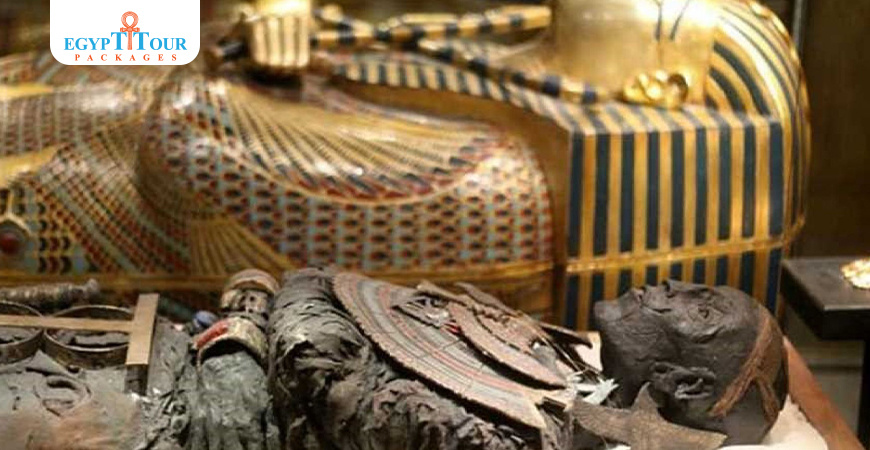
Hot Air Balloon Ride Luxor
Hot Air Balloon Ride Luxor
A hot air balloon ride in Egypt is a fantastic way to explore the largest open-air museum in the world. You will be picked up early from your hotel and taken to the balloon over Luxor in the morning, where a light breakfast and tea will be provided. Soaring in a hot air balloon over Luxor offers a stunning view of one of the most ancient and beautiful landscapes on Earth. As the balloon rises into the morning sky, the sunlight starts to shine on the golden desert sands and the green areas along the Nile River. Below, you can see the famous ancient Egyptian sites—temples, tombs, and the impressive
Used as a burial chamber for nearly 500 years, the Valley of the Kings was used for royal burials for the Kings,their families, and their possessions. Valley of the Kings
, where the Pharaohs were buried. The calm air and wide sky create a peaceful feeling, broken only by the sound of the burner. From up high, you can truly appreciate the size and beauty of Luxor’s ancient treasures, with the contrast between the historic sites and the landscape creating a breathtaking view. Floating above the Theban Necropolis, you can sense the history below, as if you are taken back to when these grand structures were part of one of the greatest civilizations. This unique experience is more than just a flight; it’s a journey through history, giving you a calm and deeply moving view of Luxor.Book your trip now.
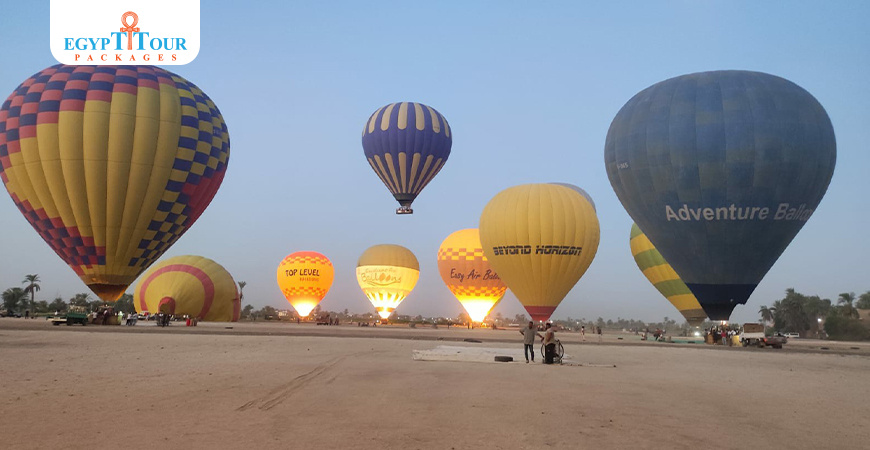
2 Days Trip to Aswan and Abu simble from Luxor
Abu simbel and Aswan overnight Trip from Luxor
We provide a two-day tour from Luxor hotels to Aswan and Abu Simbel. Explore the main attractions in Aswan, including the High Dam, the Temple of Goddess Isis on Philae Island, the
The Unfinished Obelisk was discovered in the early twentieth century after it had been covered by sand for thousands of years. Unfinished Obelisk
, and enjoy a Nile sail on a Felucca. Also, visit Abu Simbel, featuring the impressive work of Ramses the Second and the Temple of Queen Nefertari.BOOK NOW YOUR TRIP.
Day1:
You will be transported from Luxor to Aswan in a private vehicle, which takes about 3 hours. During your trip, you will see the High Dam, Philae Temple, and the
The Unfinished Obelisk was discovered in the early twentieth century after it had been covered by sand for thousands of years. Unfinished Obelisk
. You will also enjoy a sailing experience on the Nile in a traditional Egyptian Felucca. You will spend the night at the 4-star Basma Hotel. Philae Temple was built to honor the goddess Isis and is the last temple constructed in the classical Egyptian style. The Aswan High Dam is a rock-fill dam located at the border of Egypt and Sudan, created from the Nile River, forming Lake Nasser. Its construction started in 1960 and finished in 1968, with an official opening in 1971. The
The Unfinished Obelisk was discovered in the early twentieth century after it had been covered by sand for thousands of years. Unfinished Obelisk
in the Northern Quarries gives insight into how these monuments were made, though the complete process is still not fully understood. At 12:00, you will have lunch, followed by a sailing trip at 16:00 around Elphinatine Island and a visit to Lord Kitchener Island. There is also an optional trip to the Nubian village, a colorful and artistic place that is a highlight of Aswan, where you can spend 2 hours. You will stay overnight in Aswan.
Day2:
Early Trip to Abu Simbel from Aswan:
The
The Great Temple of Abu Simbel, in Nubia near Egypt’s southern border,is among the most amazing monuments of Egypt. Abu Simbel temple
s were created for Ramses II and Queen Nefertari. They were carved into a mountain on the Nile's west bank between 1274 and 1244 B.C. The Great Temple honors Ramses II, Ra-Harakhty, Amun Ra, and Ptah, featuring four large statues. The second temple is dedicated to Queen Nefertari and the goddess Hathor. Both temples were taken apart and rebuilt on higher ground. The preservation of these temples is a major achievement by UNESCO. After lunch in Aswan, the journey to Luxor begins.

2 Day trip to Cairo from Luxor by flight
2 Day trip to Cairo from Luxor by flight
Take a 2-day flight trip from Luxor to Cairo. Experience the wonders of our history, from the impressive Giza Pyramids to the important Egyptian Museum, Coptic Cairo, the Hanging Church, and the historic Khan el Khalil Bazaar.BOOK NOW ONLINE.
Day1:
You will leave your hotel in Luxor at 03:00 to head to Luxor airport for your flight to Cairo. The flight takes off at 05:00 and lands in Cairo at 06:00. After arriving, your driver will take you on an exciting trip to the Pyramids of Giza, including Cheops, Chephren, and Mykerinus. Next, you will visit the Great
the Great Sphinx is one of the world's largest monuments. It is also one of the most recognizable relics of the ancient Egyptians. Sphinx
and the Valley Temple. Lunch will be provided at a local restaurant in Giza during your visit to the Pyramids. After lunch, you will explore the Egyptian Museum, which houses a unique collection of artifacts dating back 5,000 years. If you're interested in seeing the royal mummies, ask your tour guide to take you to the National Museum of Egyptian Civilization. You have two options for enjoying Cairo at night.
First option: You can choose to see the sound and light show at the Giza Pyramids. This show brings the pharaonic history to life, with the
the Great Sphinx is one of the world's largest monuments. It is also one of the most recognizable relics of the ancient Egyptians. Sphinx
telling stories of ancient kings like Khufu, Khafre, and Menkaure.
Second option: You can book a dinner cruise on the Nile. This memorable evening includes a stylish cruise with beautiful views of Cairo at night, featuring Dervish dance, Egyptian music, and folklore. An open buffet will offer a variety of Egyptian and Western dishes.
Egypt Tours Packages is a travel company that specializes in offering a variety of tour packages for those looking to explore Egypt. Egypt Tour Packages
will make your Cairo experience special with this cultural night out. You will spend the night at a hotel in Cairo.
Day2:
After breakfast, check out and meet your private tour guide for a visit to Cairo's highlights, including:
Salah el-Din Citadel: This impressive fortress was Egypt's government center until the 1860s. Built during Salah ad-Din's rule, construction began in 1176 and finished in 1182. Next, visit Mohamed Ali Mosque: Known as "The Alabaster Mosque," it was built between 1830 and 1848. Most of its walls are made of pure alabaster. The mosque resembles the Blue Mosque in Istanbul and was designed by Turkish architect Yousif Boushnaq, who traveled from Istanbul to create this stunning structure, which beautifully contrasts with the sandstone city. Enjoy lunch at a local restaurant in Luxor.
Coptic Cairo: Then, travel from Luxor to explore key sites like the Hanging Church, Ben Ezra Synagogue, Church of St. Barbara, and Church of Abu Serga, one of Cairo's oldest Coptic churches.Next, head to Khan el-Khalili Bazaar, one of the oldest markets in the Middle East. Wander through its winding alleys, which have been a hub of trade in Cairo since the 14th century. Finally, transfer to Cairo airport for your flight to Luxor and then to your hotel.
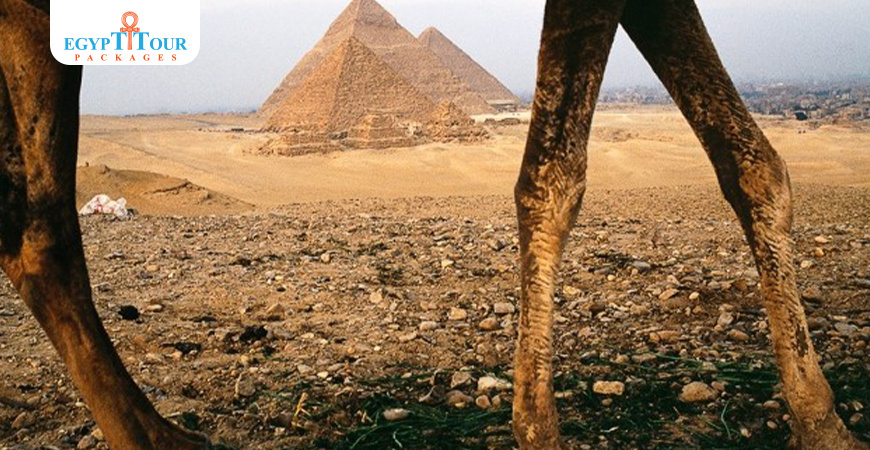
Day Trip to Esna and El kab from Luxor by private car
Day Trip to Esna and El kab from Luxor by private car
Enjoy a private day trip from Luxor to Esna and El-Kab in a private car with your own guide. You will visit the Temple of Khnum, a Ptolemaic temple dedicated to the ram-headed god Khnum, who is known as the creator of the world and humanity. Explore the famous rock-cut tombs of El-Kab and the partially-excavated remains of Nekheb, one of Egypt's oldest cities. Your tour guide will pick you up from your hotel in Luxor around 08:00 for this exciting adventure. The drive to Esna takes about an hour. At
Temple of Esna (also known as the Temple of Khnum) is a Ptolemaic temple dedicated to the ram-headed god Khnum. Esna Temple
, also known as the Temple of Khnum, you will see the well-preserved hypostyle hall with 24 columns adorned with lotus and palm capitals. The walls are filled with colorful hieroglyphics that tell stories from Egyptian mythology, including the creation story featuring Khnum on a pottery wheel. Next, visit the El-Kab Tombs, a collection of rock-cut tombs on the east bank of the Nile, built during the early 18th Dynasty (1550-1295 BC). These tombs are famous for their vibrant wall paintings showing daily life, military events, and religious rituals. One notable tomb is that of Ahmose son of Ibana, which has a unique inscription about the expulsion of the Hyksos from Egypt. You will also see the Temple of Amenhotep III in El-Kab, a small sandstone temple dedicated to the goddesses Nekhbet and Hathor, built in the early 14th century BC. The temple features reliefs depicting scenes from Egyptian mythology and the reign of Amenhotep III. You will return to Luxor around 16:00, with the option to be dropped off in Aswan for an extra charge.BOOK NOW ONLINE.
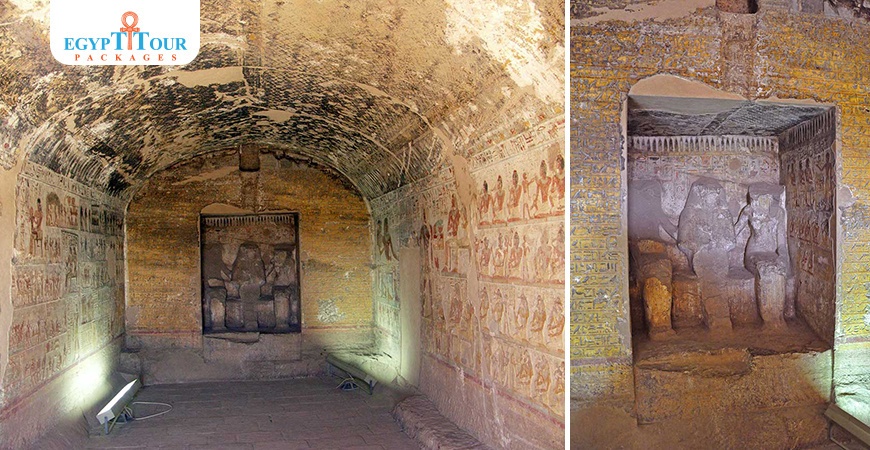
Day trip Habu temple,the valley of nobles and Deir el Madina
Day trip Habu temple,the valley of nobles and Deir el Madina
Explore the wonders of Egypt with our travel packages. Experience the breathtaking temple of Ramses III at Madinet Habu, delve into the fascinating tombs of ancient craftsmen at Deir El Madina, and admire the extraordinary tombs of the Nobles. Our Egypt tours include a knowledgeable guide to enrich your understanding of Egypt's deep history throughout your adventure.BOOK NOW ONLINE.
You will be picked up at 8:00 AM by our Egyptologist guide and then drive to:
1.
This was one of the first places in Thebes closely associated with the local god Amun. Habu Temple
:
Madinet Habu site, known as the city of Habu, features the grand temple of Ramses III, along with Hatshepsut’s chapel and a votive chapel. The name Habu is linked to the famous architect Ahmos, son of Habu, from the New Kingdom. You will enter through a special gateway called Magdol. As you approach Ramses III’s temple, Hatshepsut’s chapel will be on your right, and the votive chapel will be on your left. The impressive temple of Ramses III was inspired by the Ramesseum temple of Ramses II. Ramses III ruled around 1186 BC for about 31 years and was the last great pharaoh of Egypt. He fought against the Libyans, Nubians, and Sea Peoples, and the temple's outer walls illustrate these battles. The temple still displays many beautiful paintings.
2. Noble Tombs:
Noble tombs are dedicated to significant figures like high-ranking officials, scribes, and powerful priests. They are located in various areas on the west bank, including Shiekh Abdel Qurnat, El Khokha, El Asassif, and Qurnit Ma’ari. The government organizes these tombs into groups for visitors, so each ticket allows access to a specific set of tombs. The most popular ones include Ra Mose, Sennefer, Rakhmire, Nakht, and Menna.
3. Deir al Madina:
Deir al Madina is the village where the tomb builders of the kings resided. It is one of the few remaining ancient communities in Egypt. The residents were known as "the workers of the place of truth," referring to the Valley of Kings. During this amazing tour, you will be impressed by the village's architecture, which is among the oldest in the region.
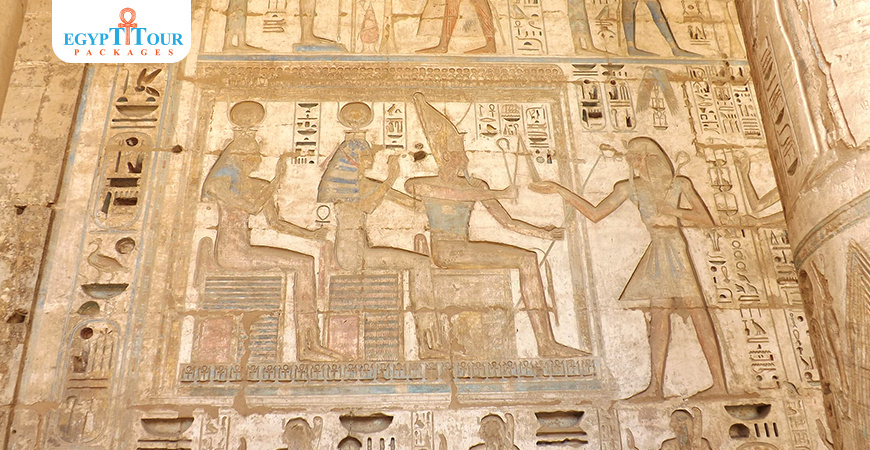
Post A Comment
Your Email Address Will Not Be Published.
Hot Categories
Topics of Luxor
Suggested Tours
Table of Contents
- Things To Do in Luxor
- Day Trip to Luxor and Karnak Temples from Luxor
- Day trip to Valley of the kings and Queen Hatshepsut temple
- Private day tour to Dendera and Abydos temples from Luxor
- Day tour to Edfu temple and Kom Ombo temple from Luxor
- Tour to Luxor museum and Felucca ride
- Karnak Sound and Light show from Luxor
- 5 Days Nile cruise from Luxor
- Day Trip to Cairo from Luxor by flight
- Guided Tour to Valley of the Kings from Luxor
- Hot Air Balloon Ride Luxor
- 2 Days Trip to Aswan and Abu simble from Luxor
- 2 Day trip to Cairo from Luxor by flight
- Day Trip to Esna and El kab from Luxor by private car
- Day trip Habu temple,the valley of nobles and Deir el Madina

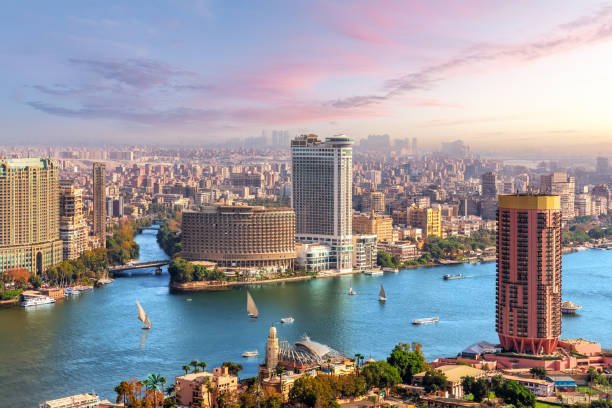
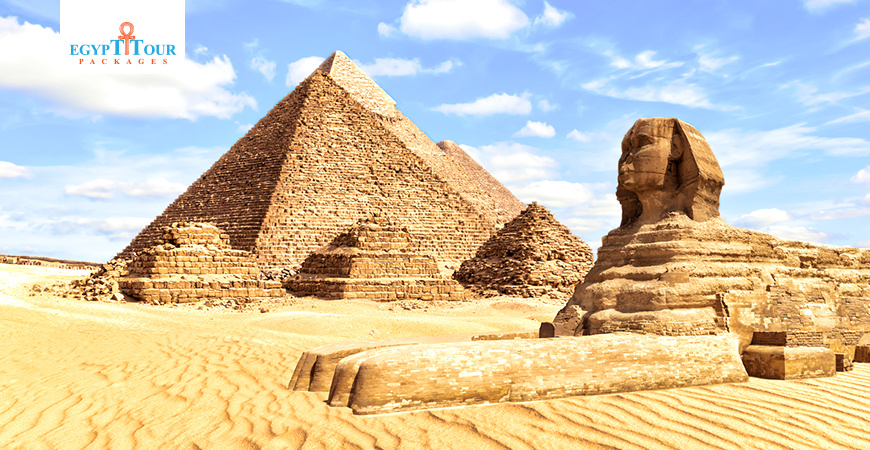
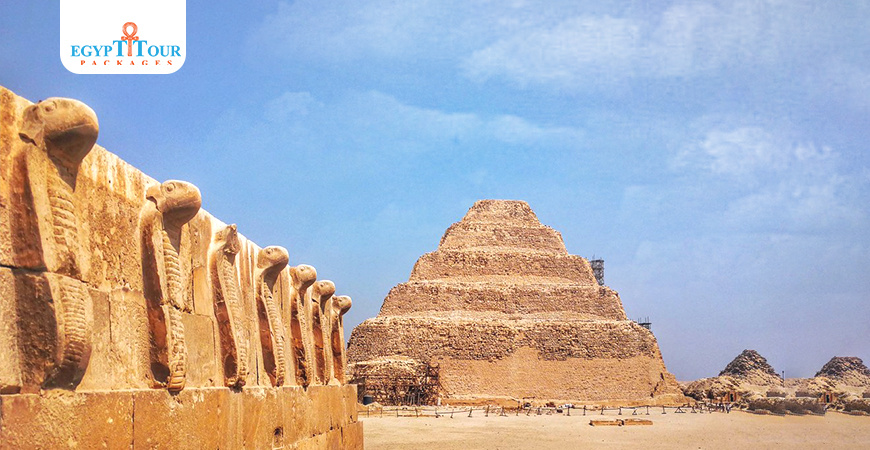







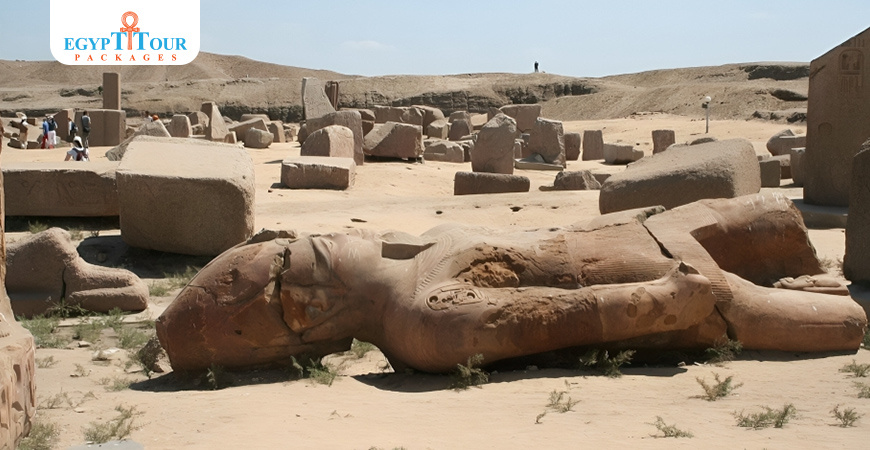

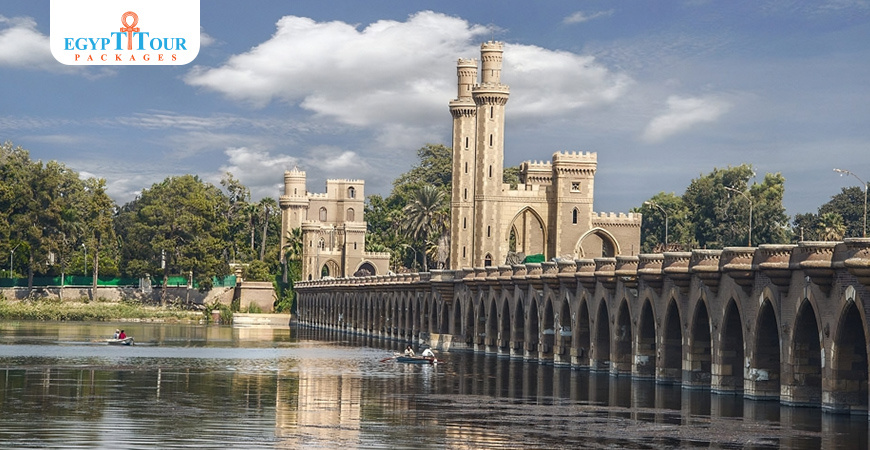



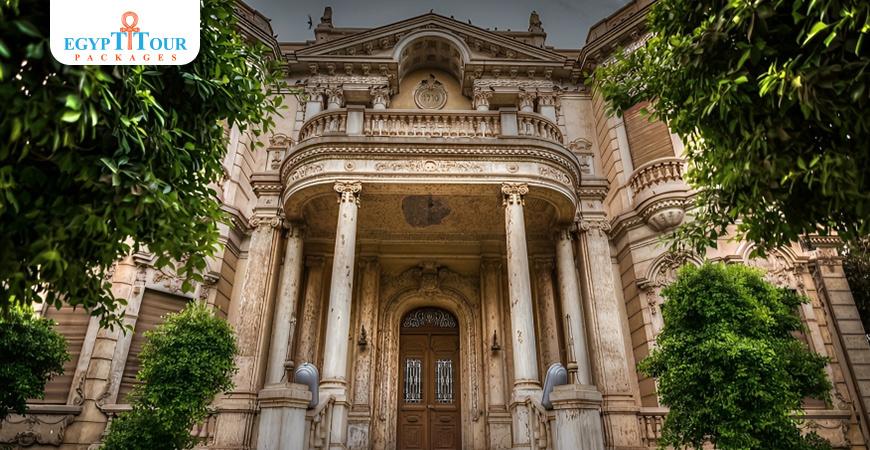
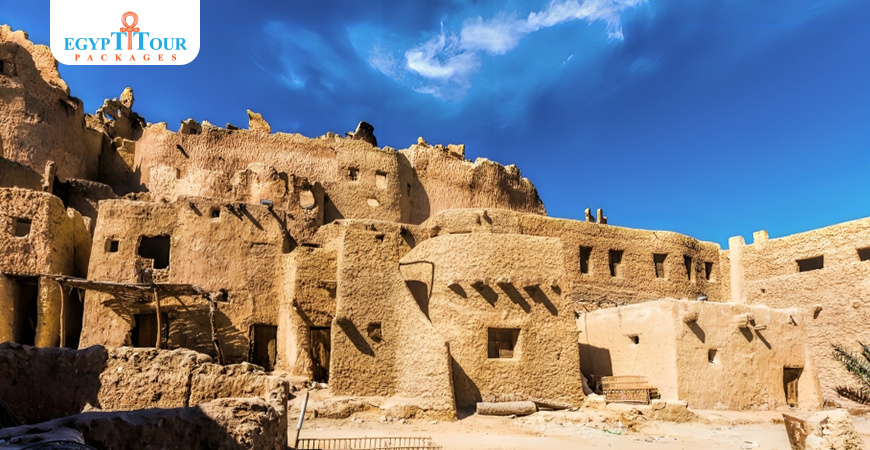
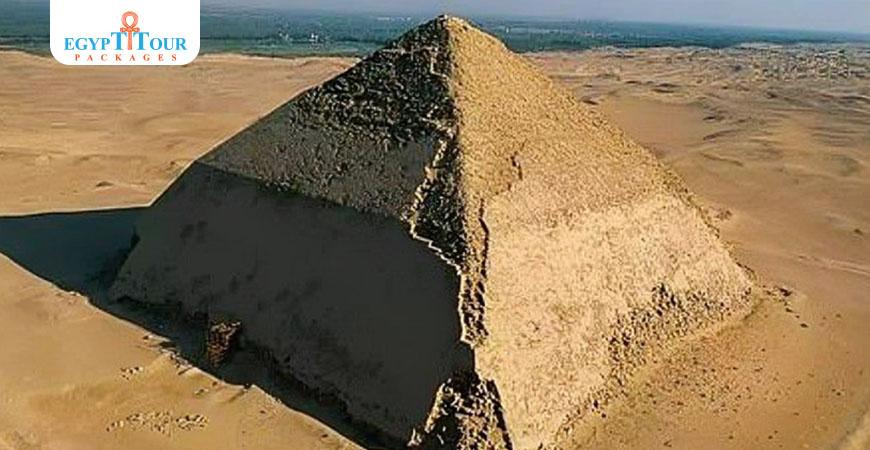
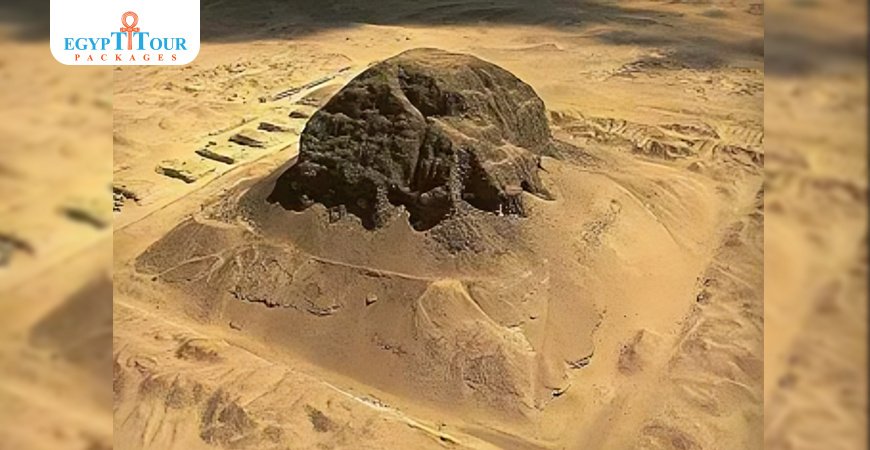
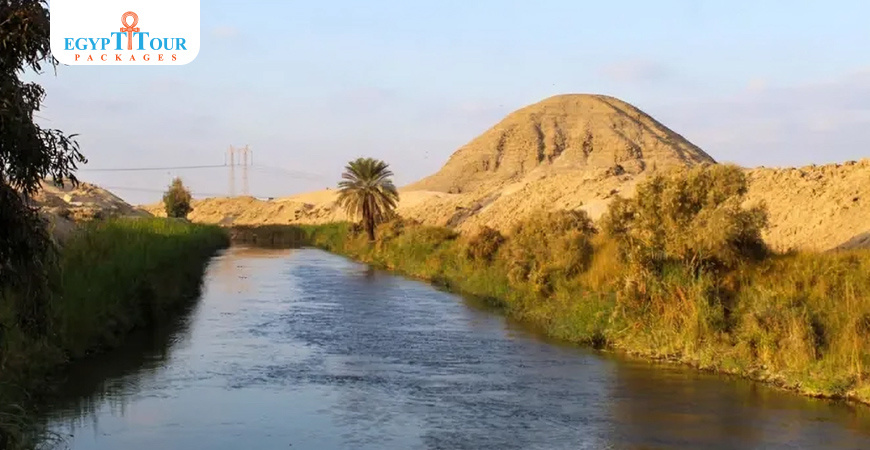
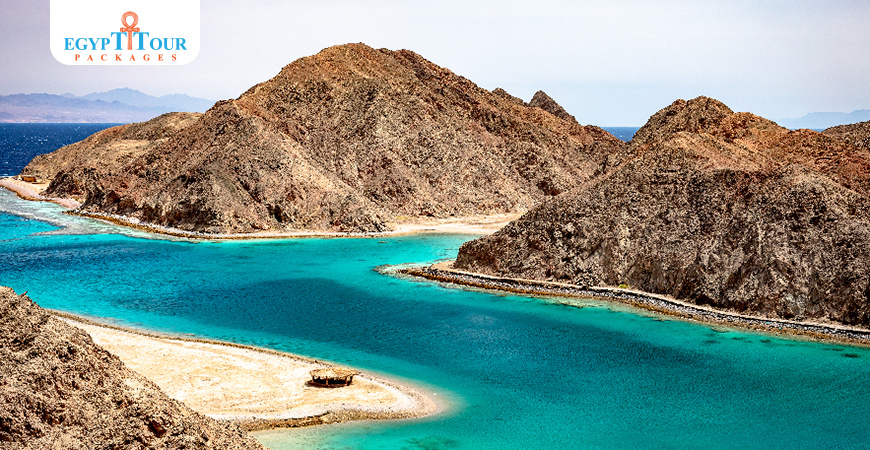

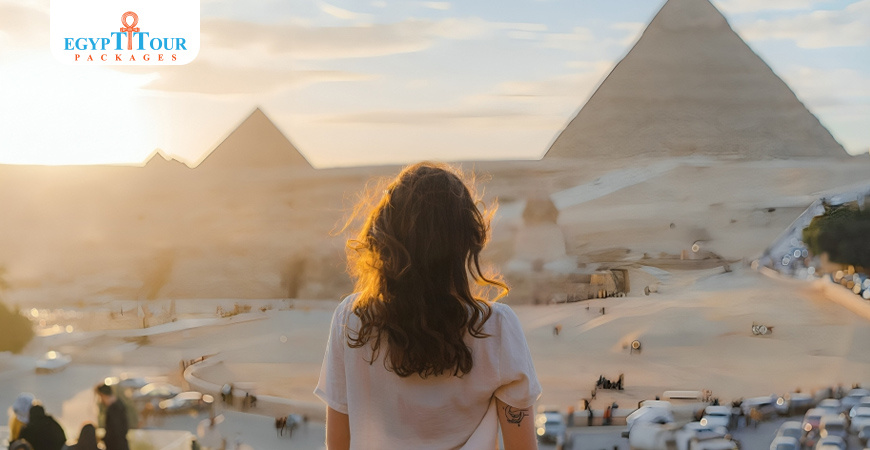
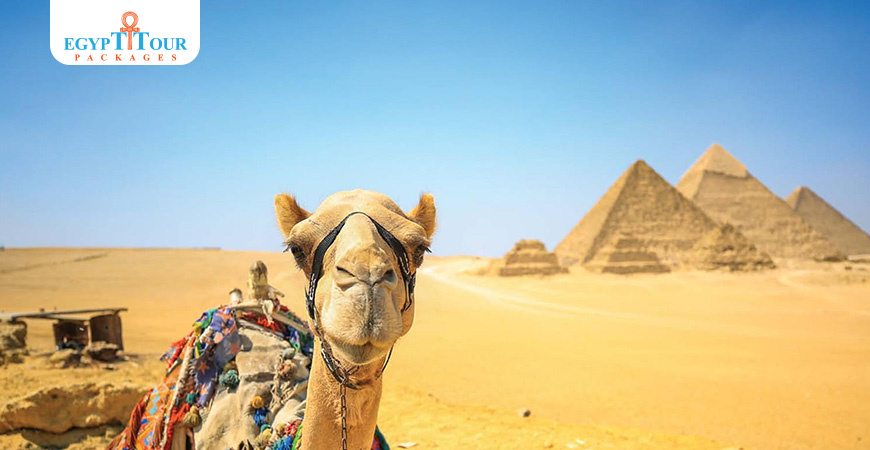
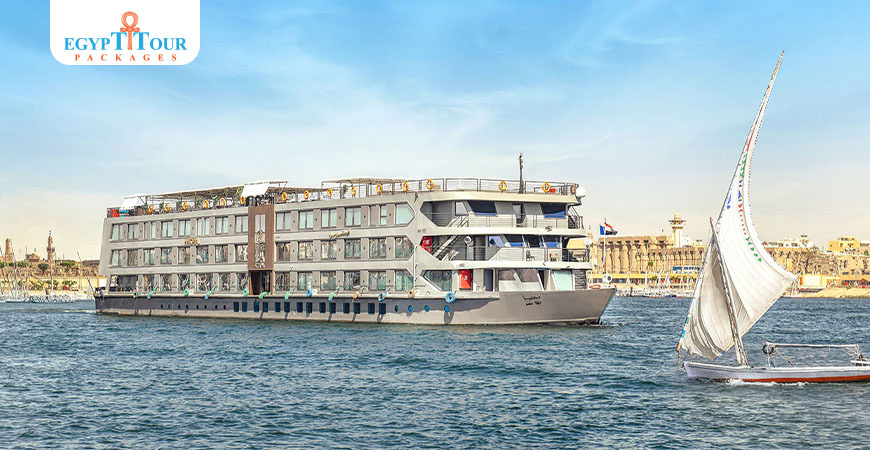










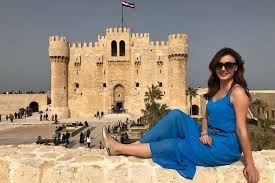
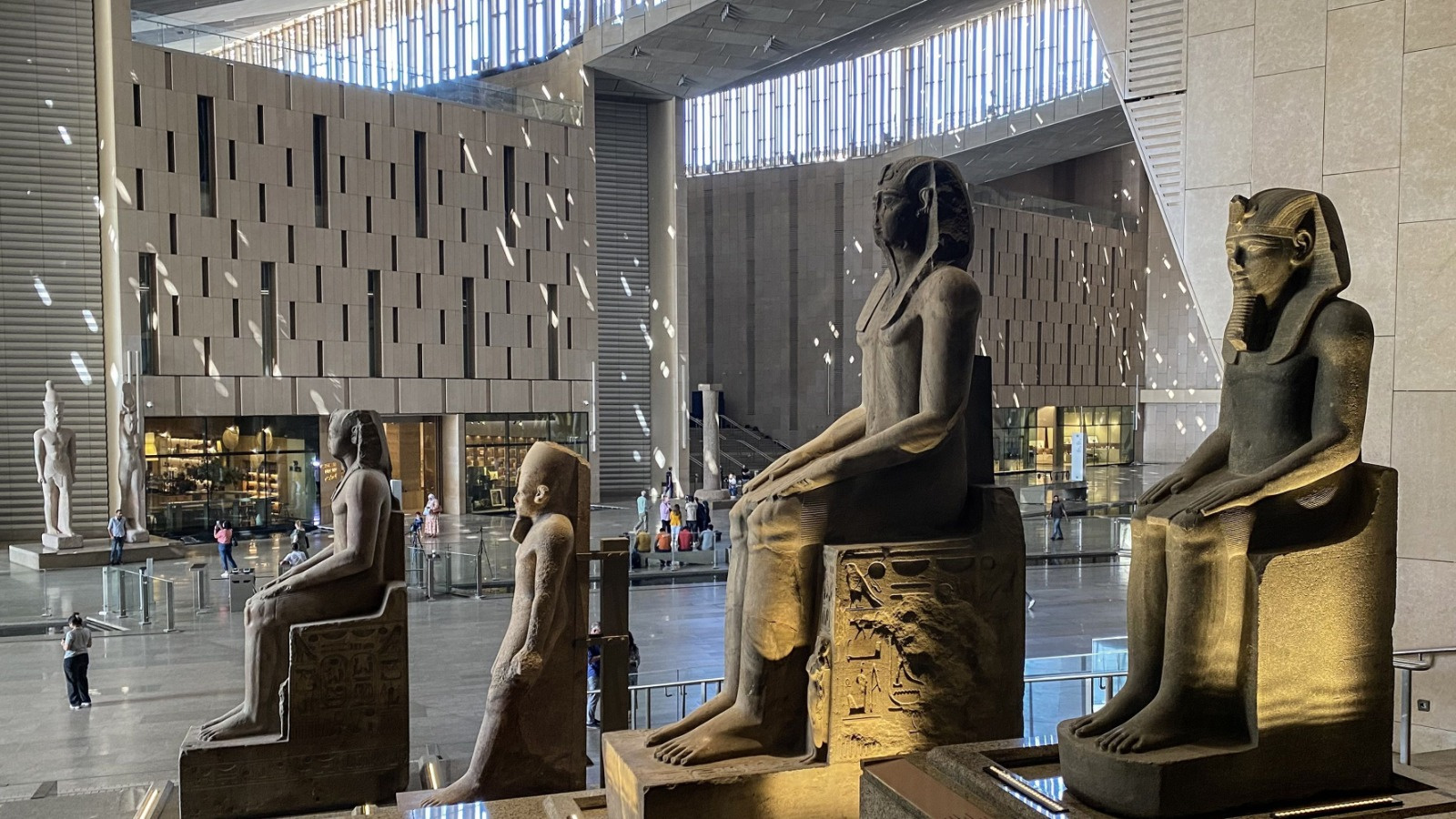
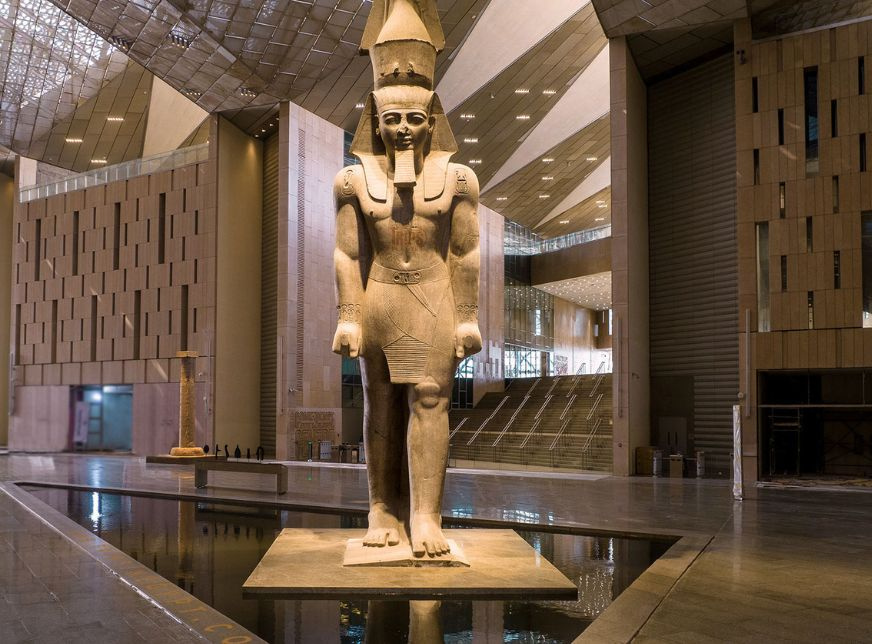
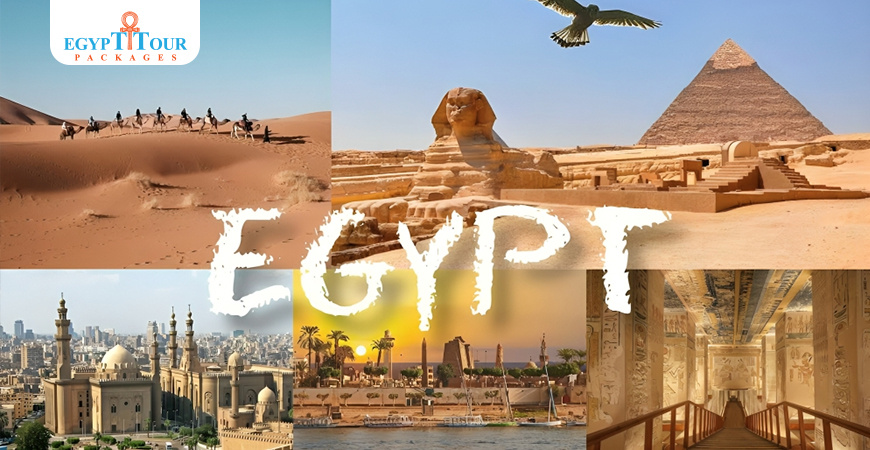
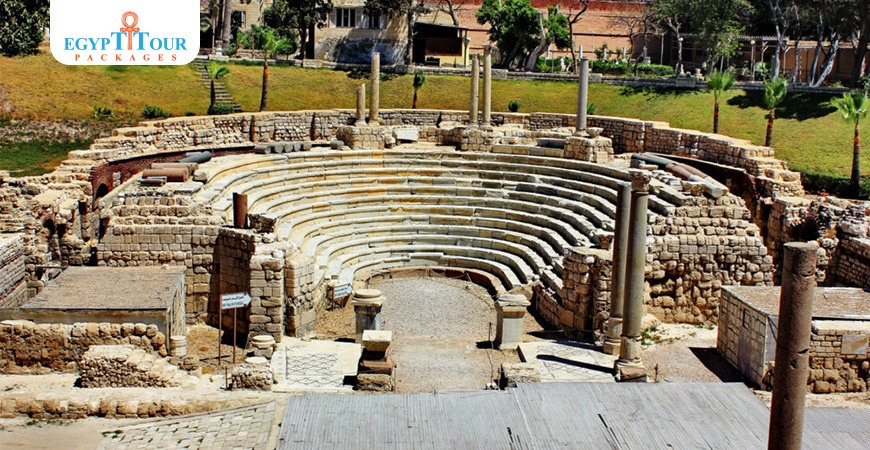
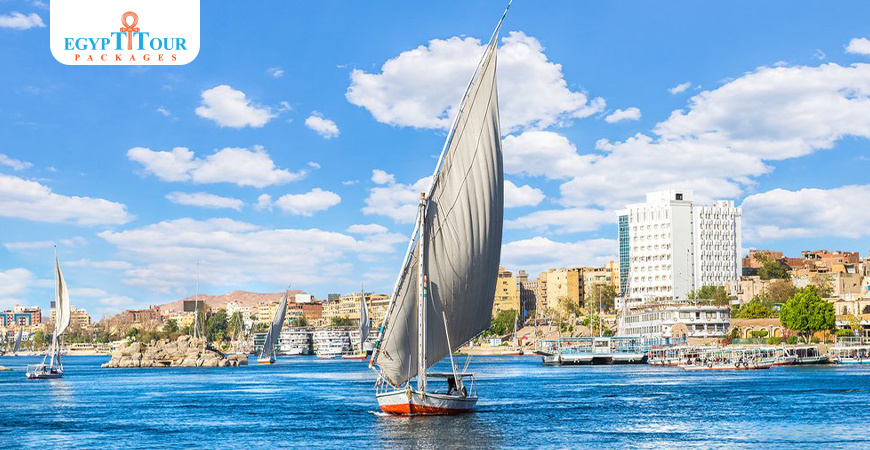
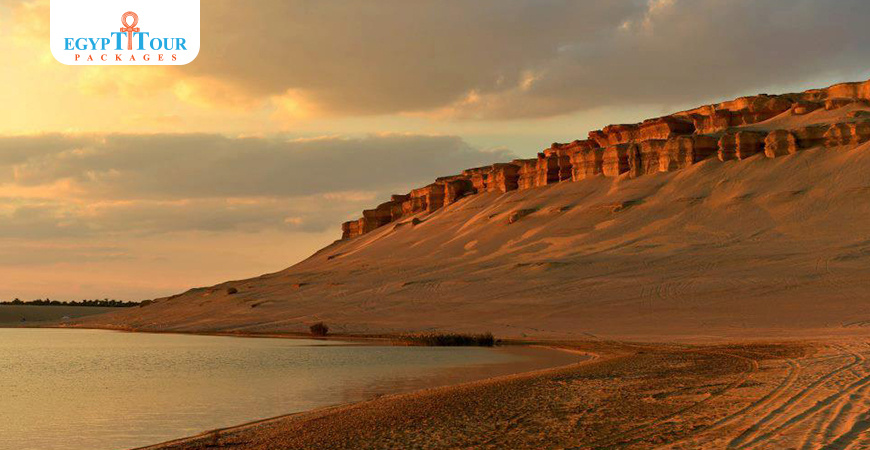
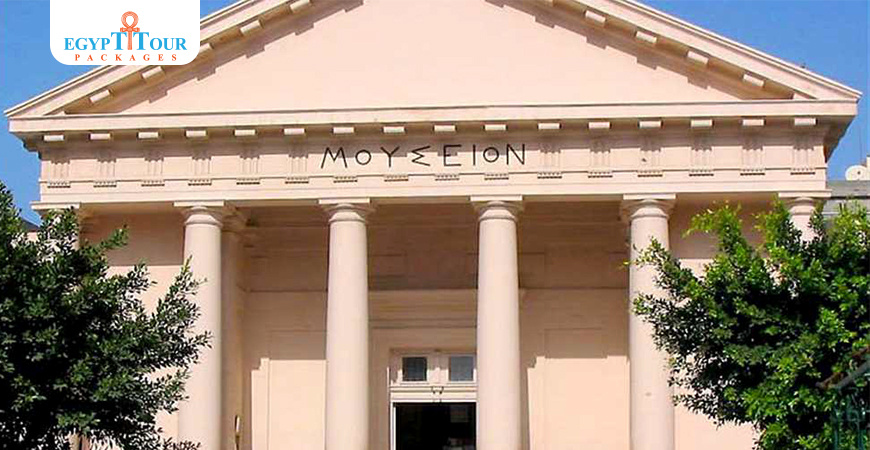
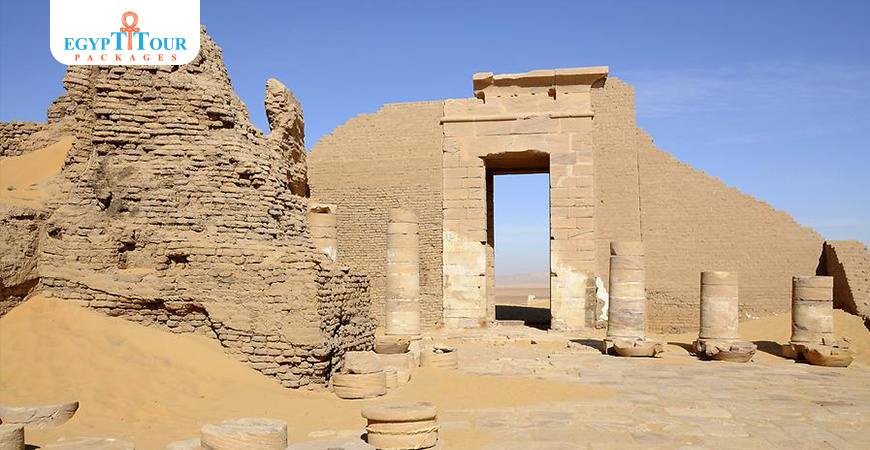
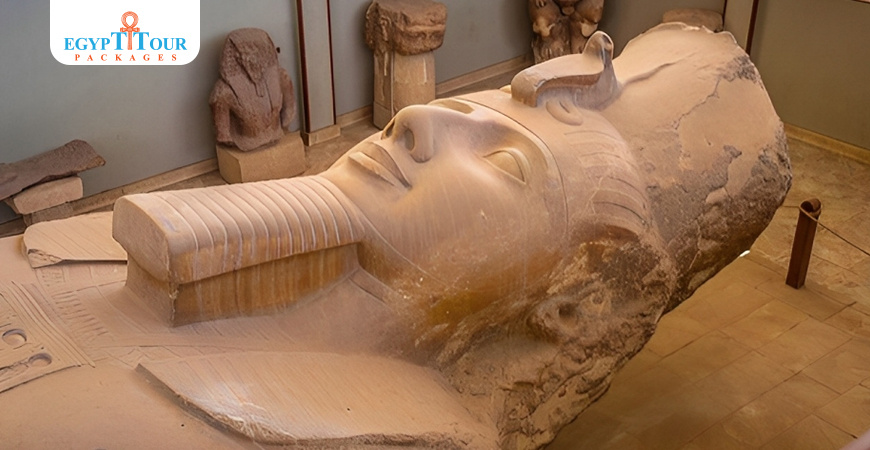

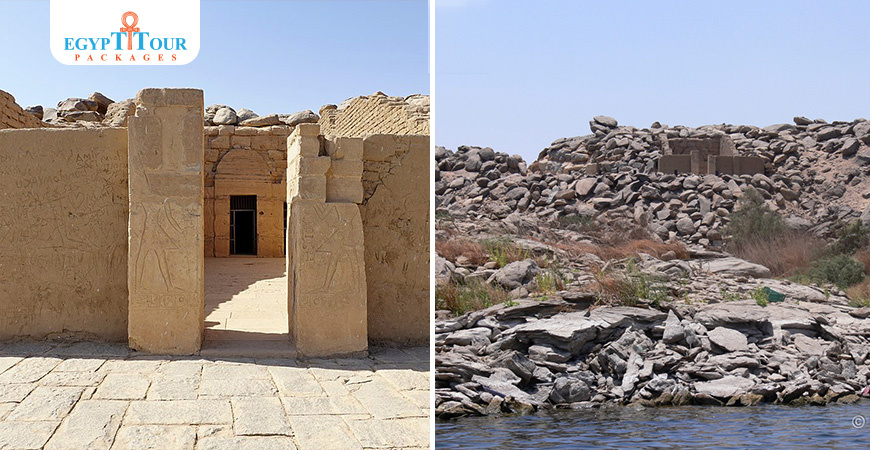
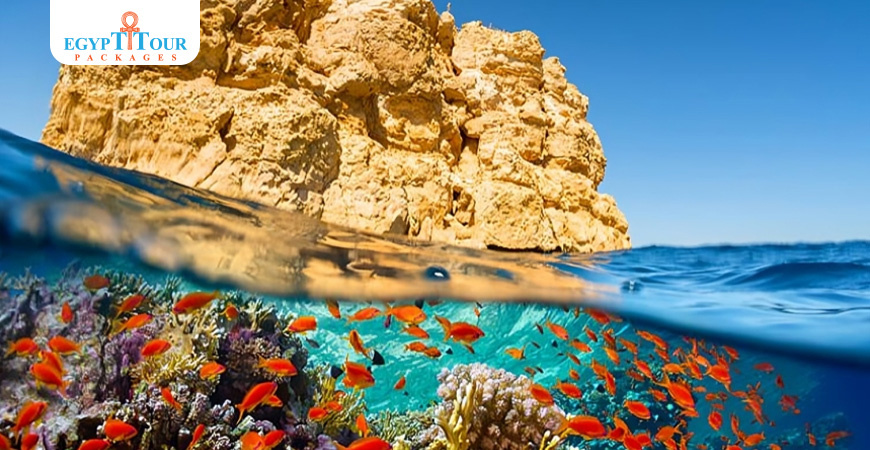

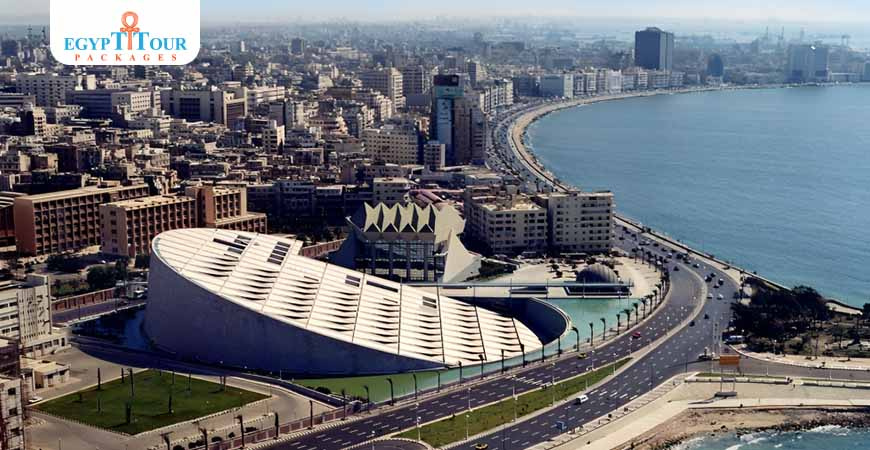
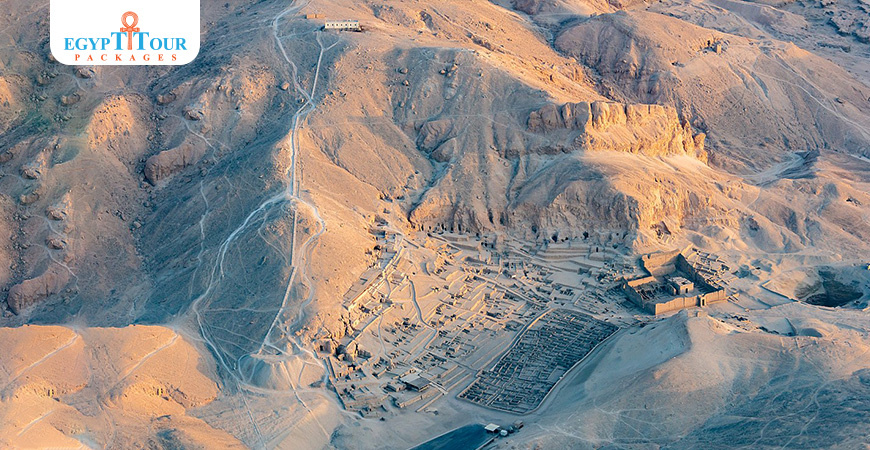
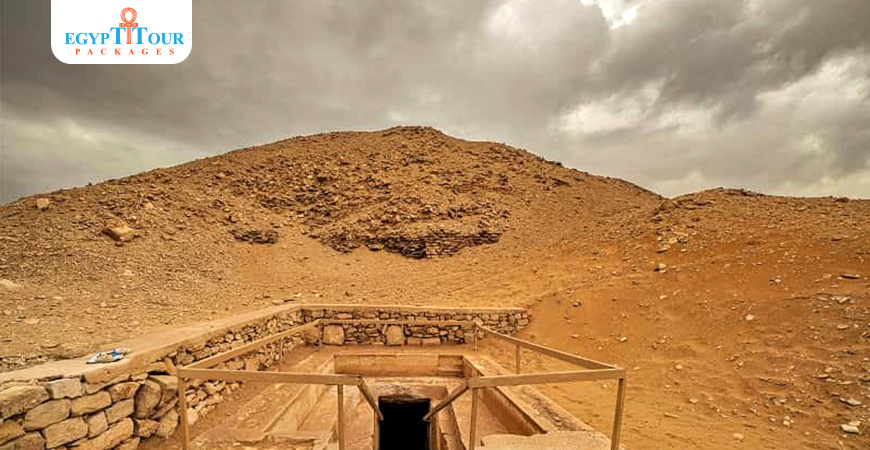
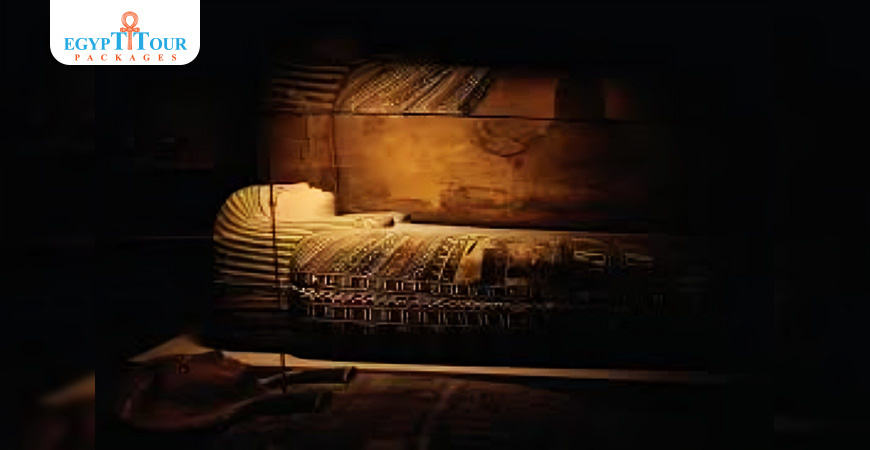


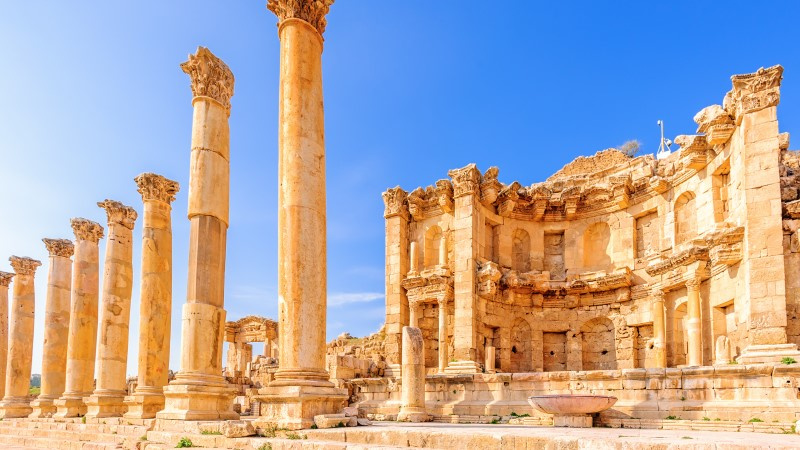

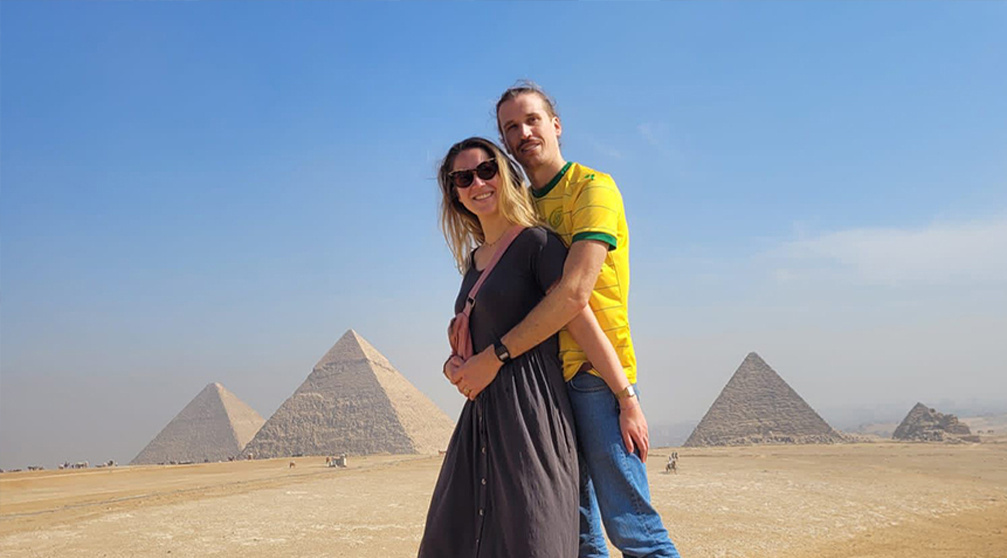
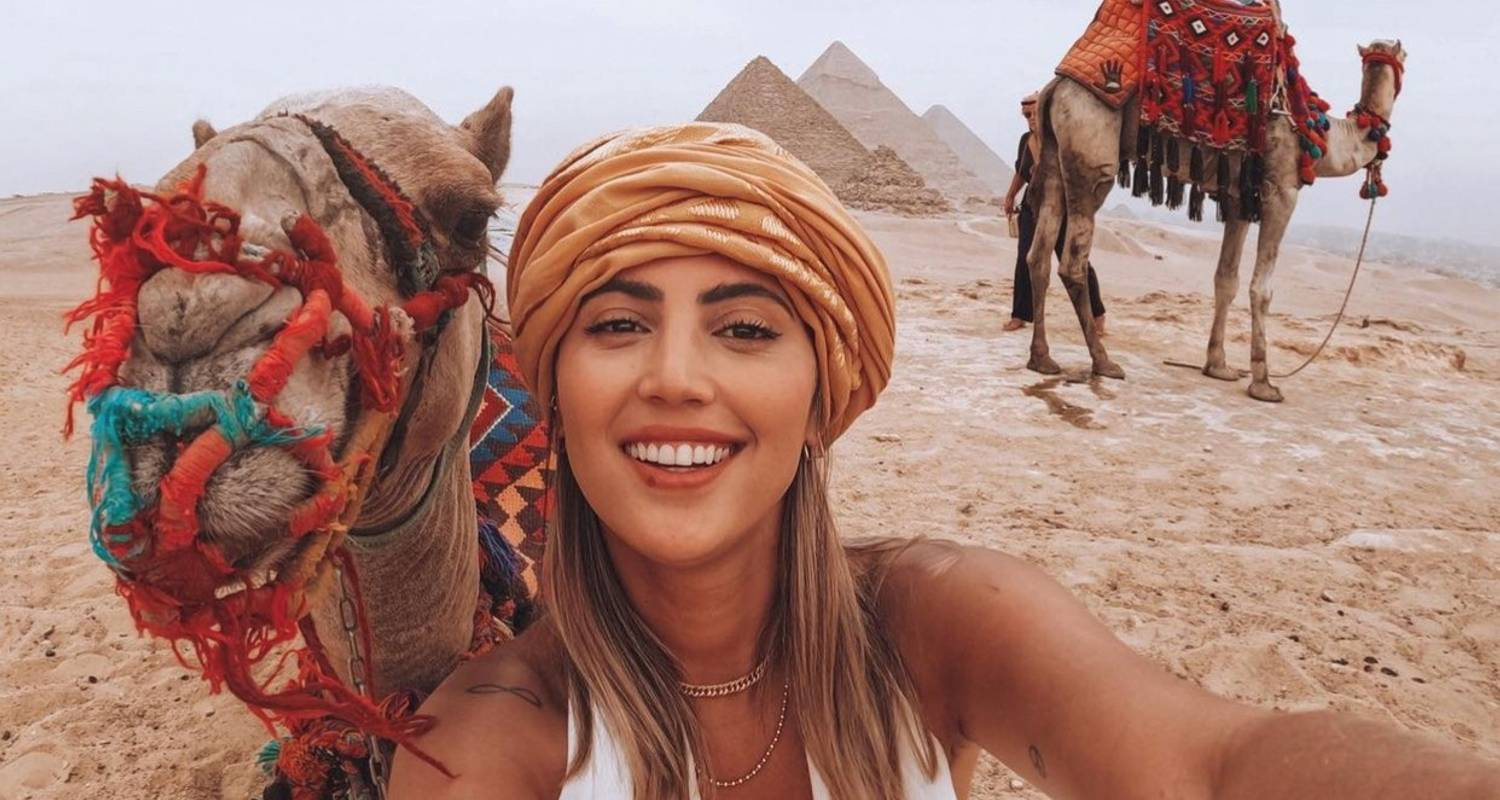
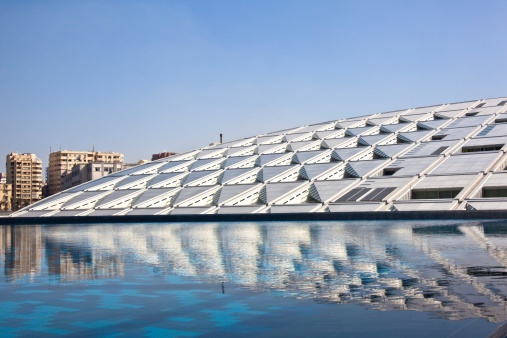


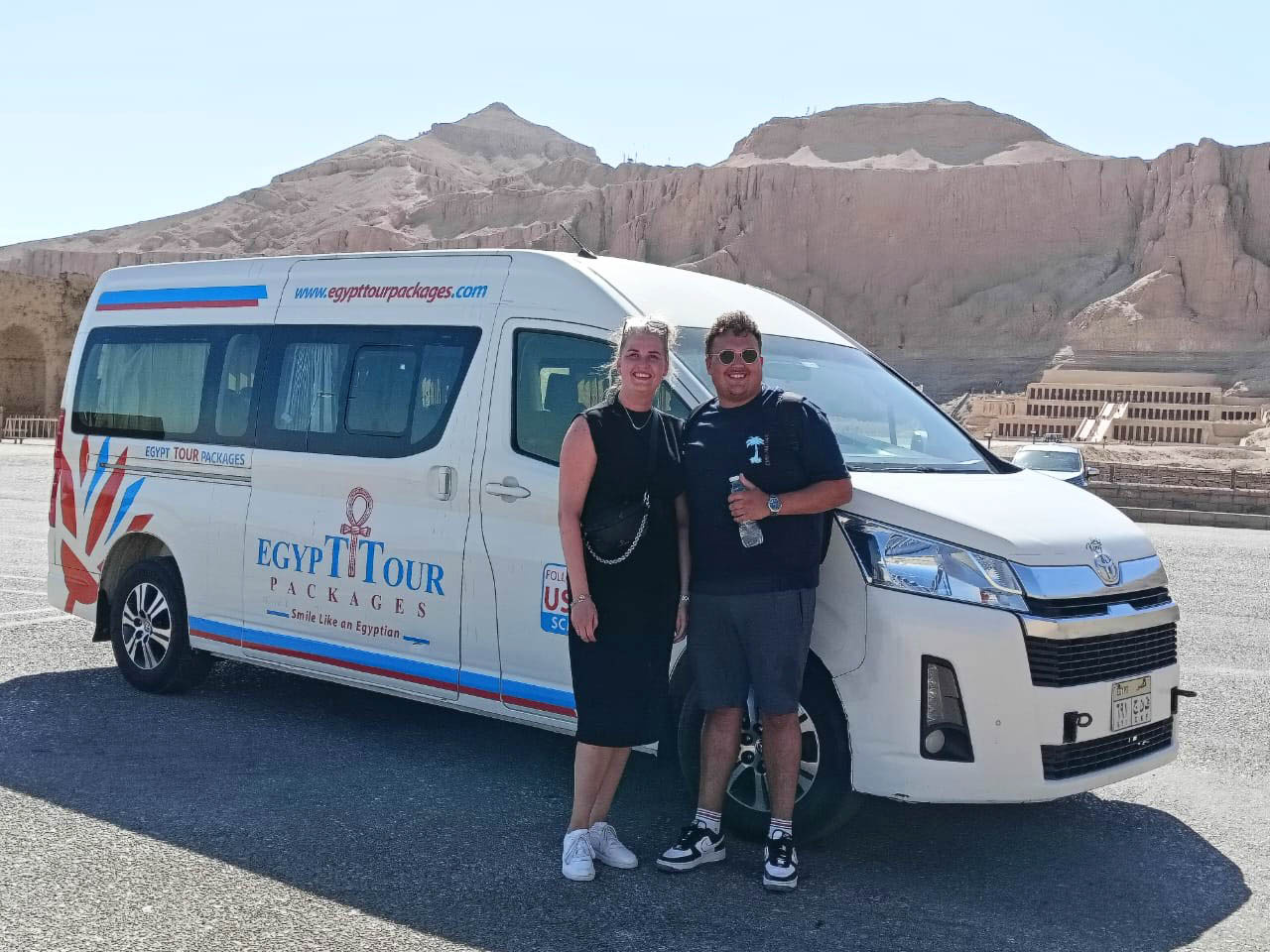
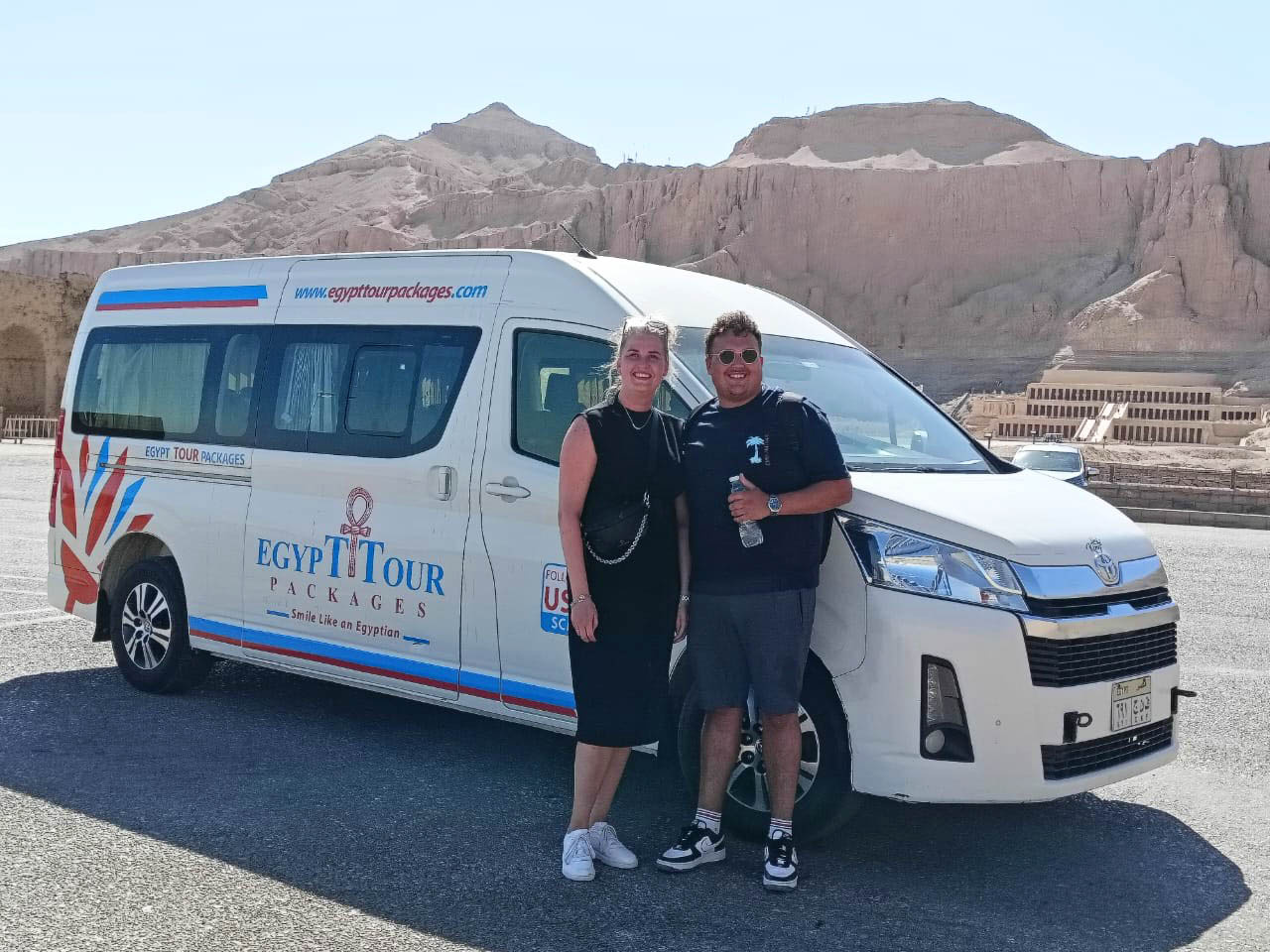


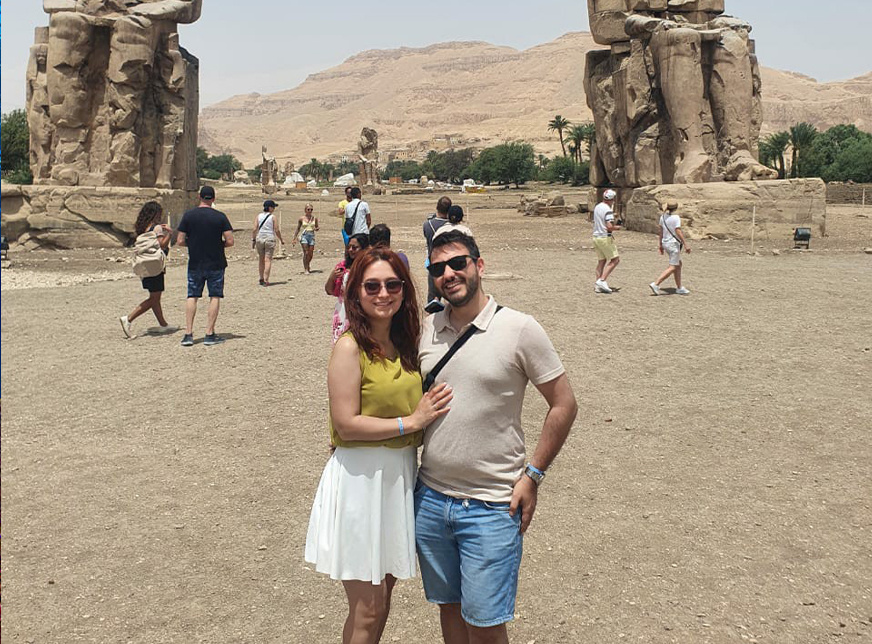
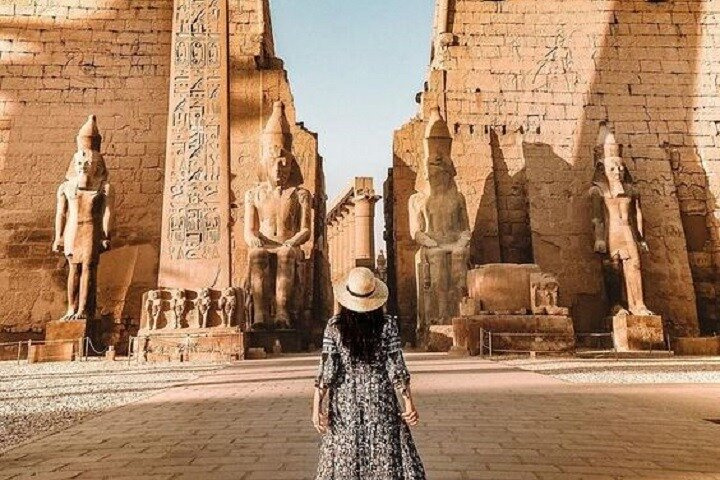









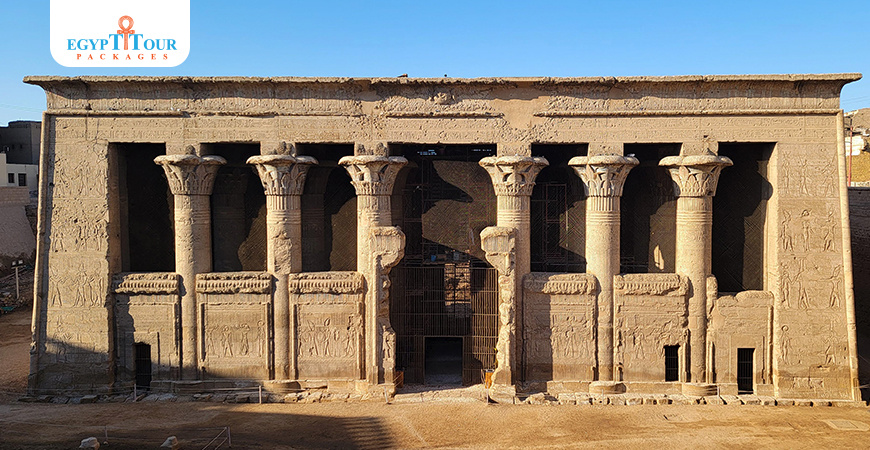
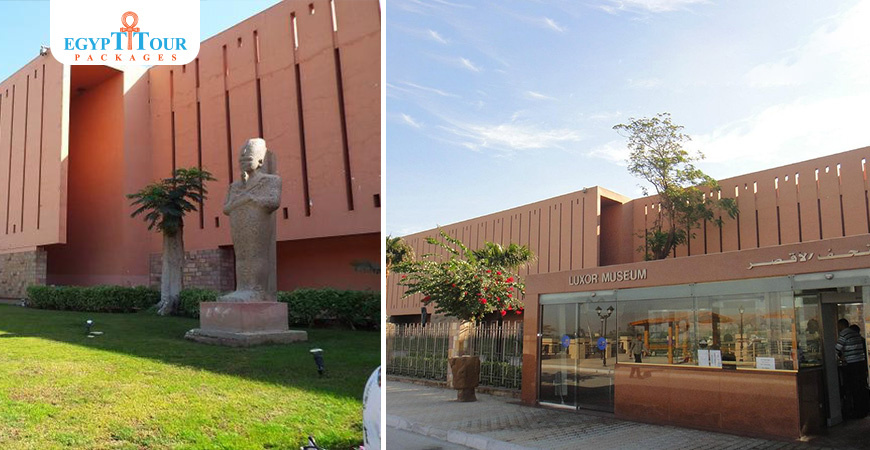

0 Comments